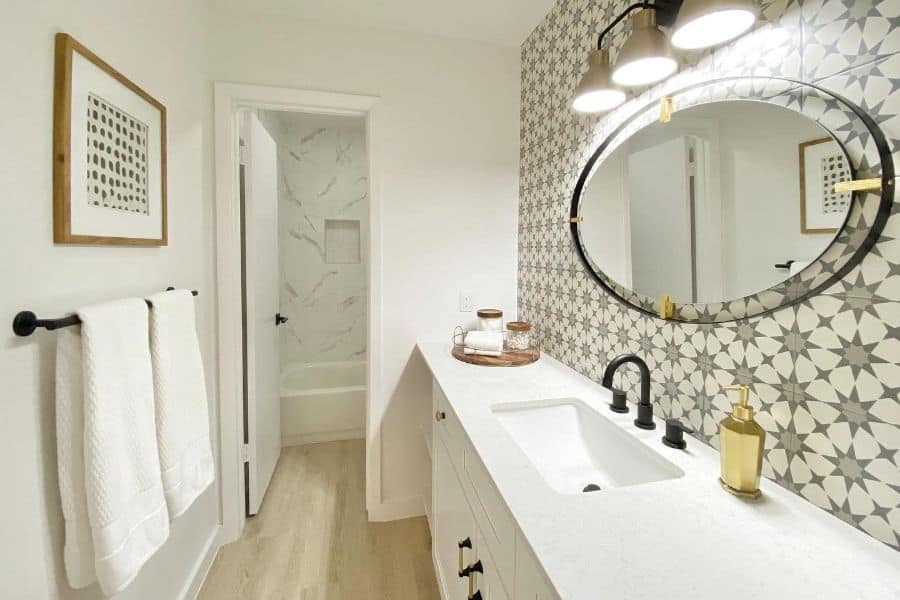
13 Bathroom Backsplash Ideas
The perfect bathroom backsplash must be durable, easy to clean, and waterproof. But it must also be stylish.
No, there’s nothing wrong with installing the simplest tile and calling it a day. You still shouldn’t throw away the opportunity to design a bathroom that wows as much as it protects!
A backsplash is no small investment, and you want to get it right the first time!
Check out these bathroom backsplash ideas for some much-needed inspiration that will have you dreaming of your next design project.
1. Beveled Subway Tiles
Beveled tiles offer a dynamic, angled look that adds depth to your bathroom space. Their unique edges create an appealing play of light, giving your backsplash a distinct character. This choice is ideal for those seeking a blend of traditional style and subtle modernity. Beveled tiles are also easy to clean, making them a practical option for busy bathrooms.
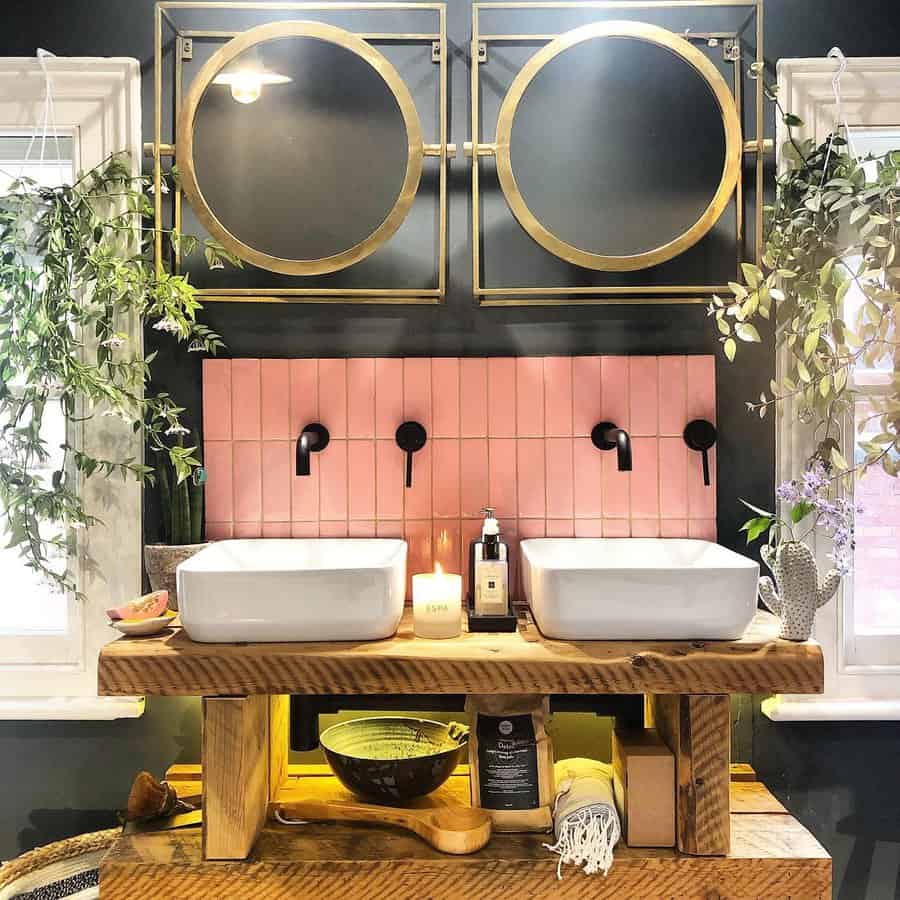
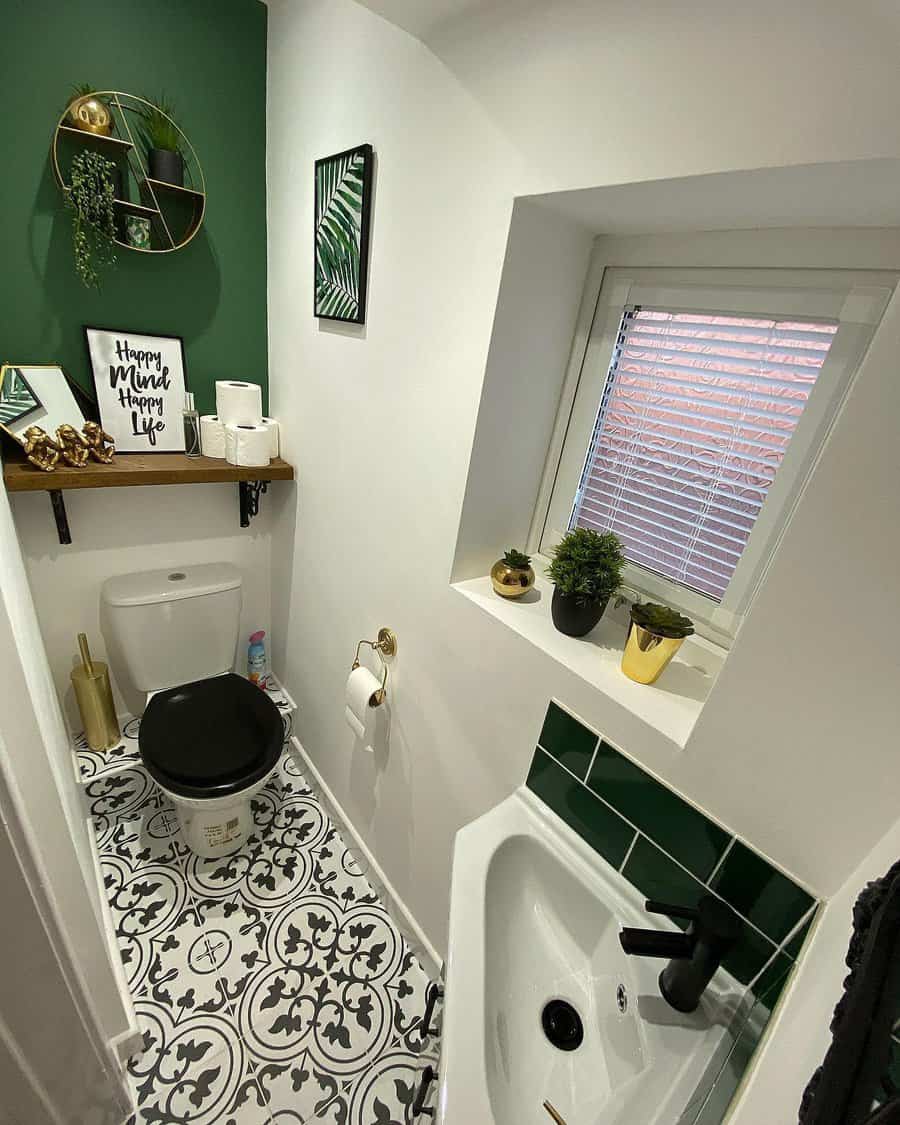
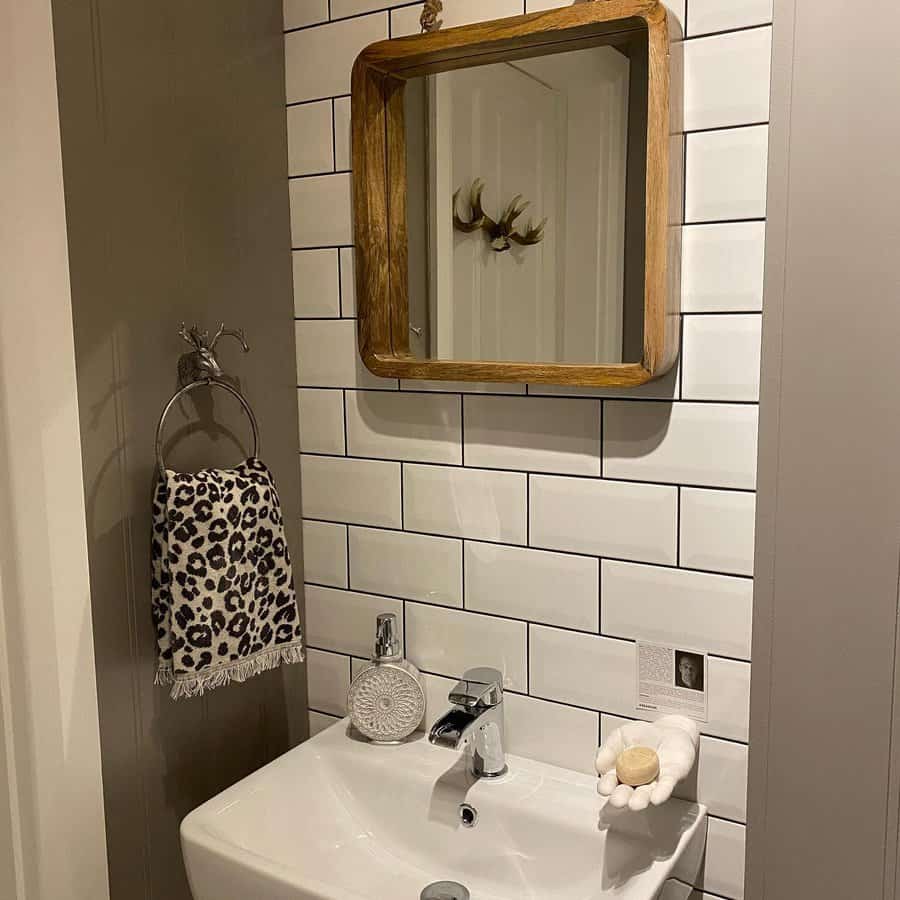
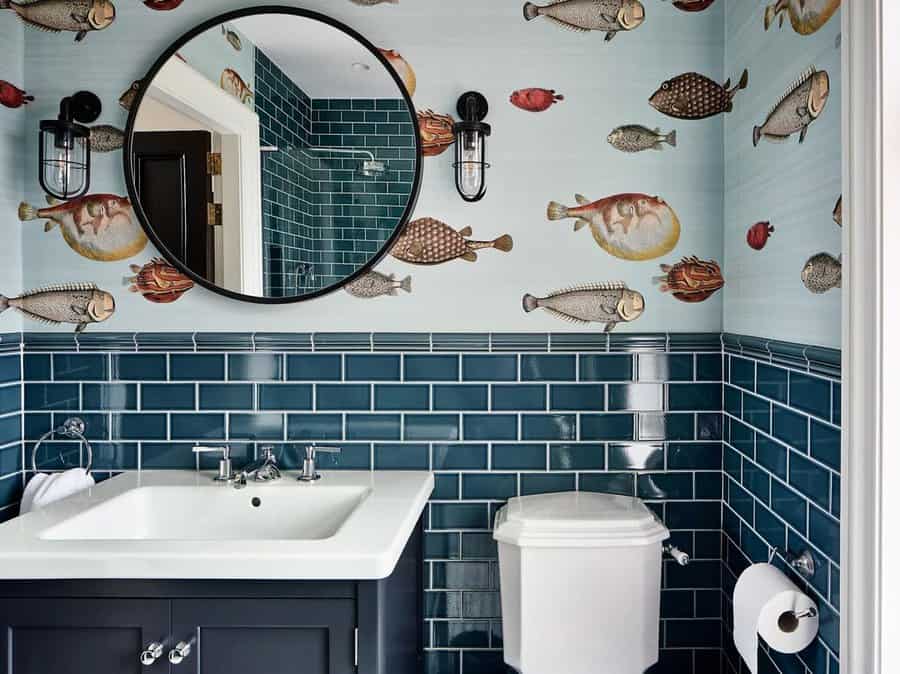
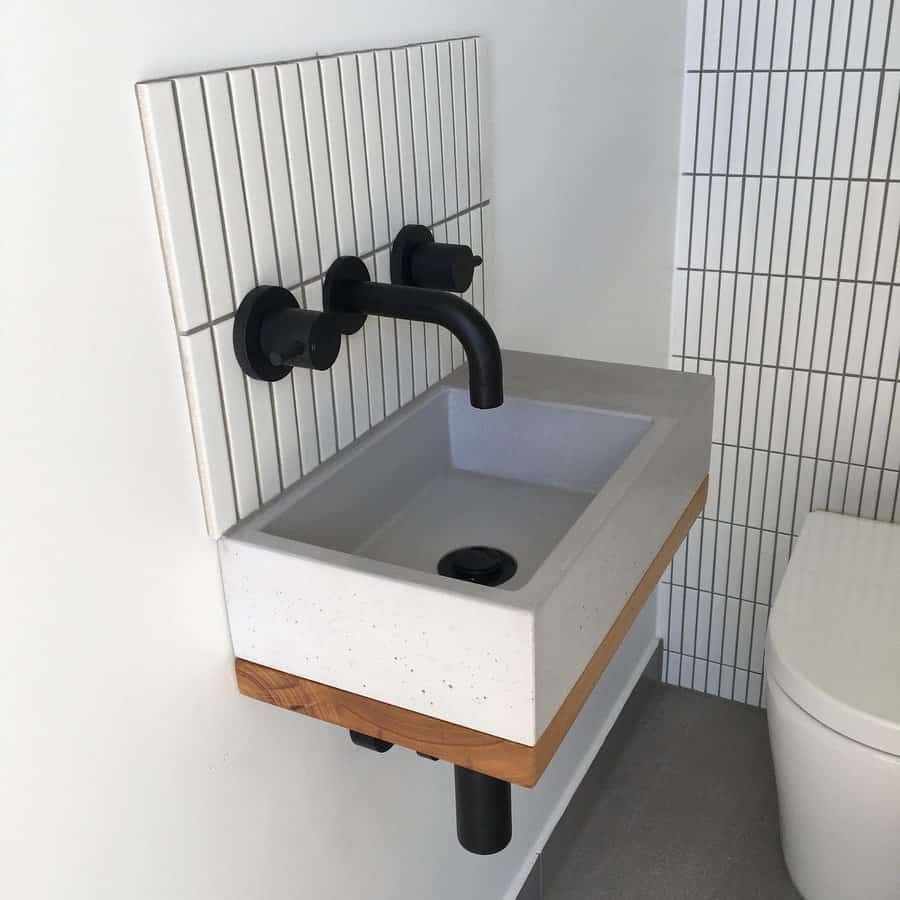
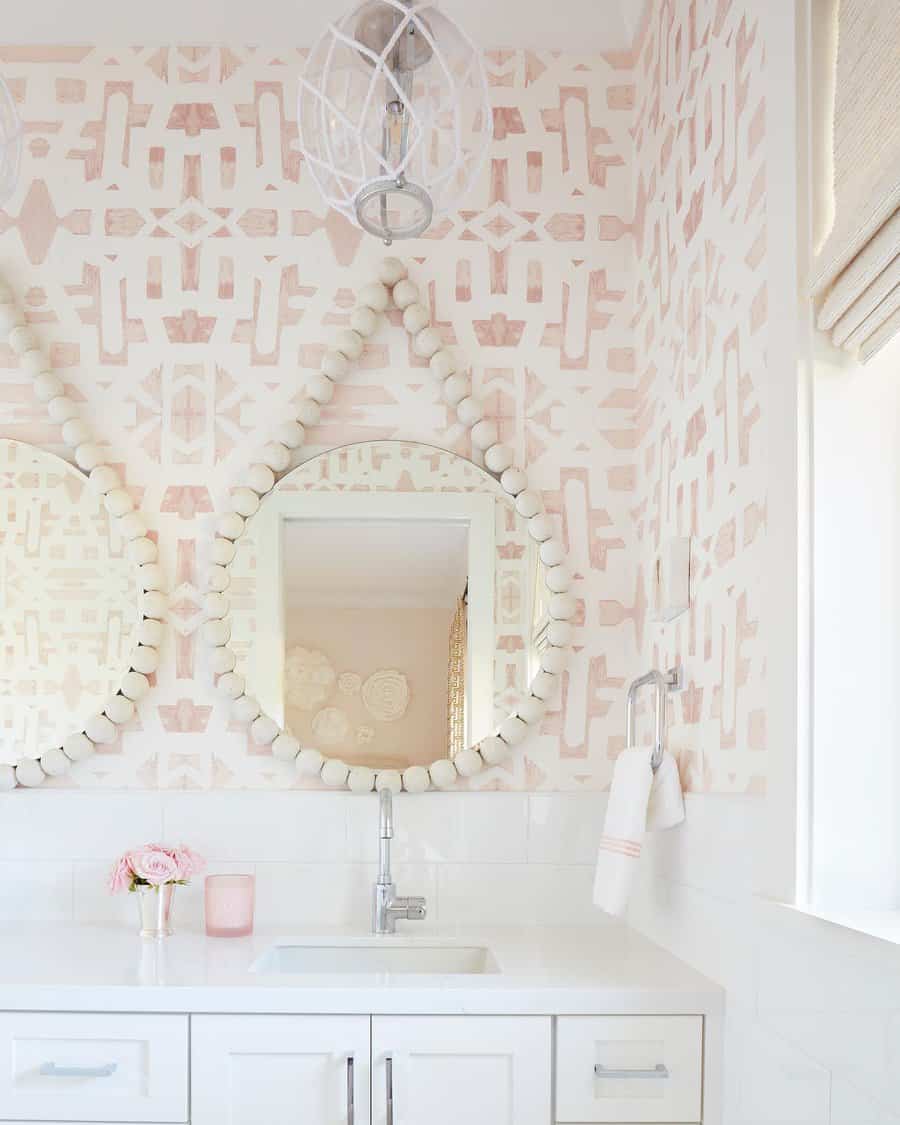
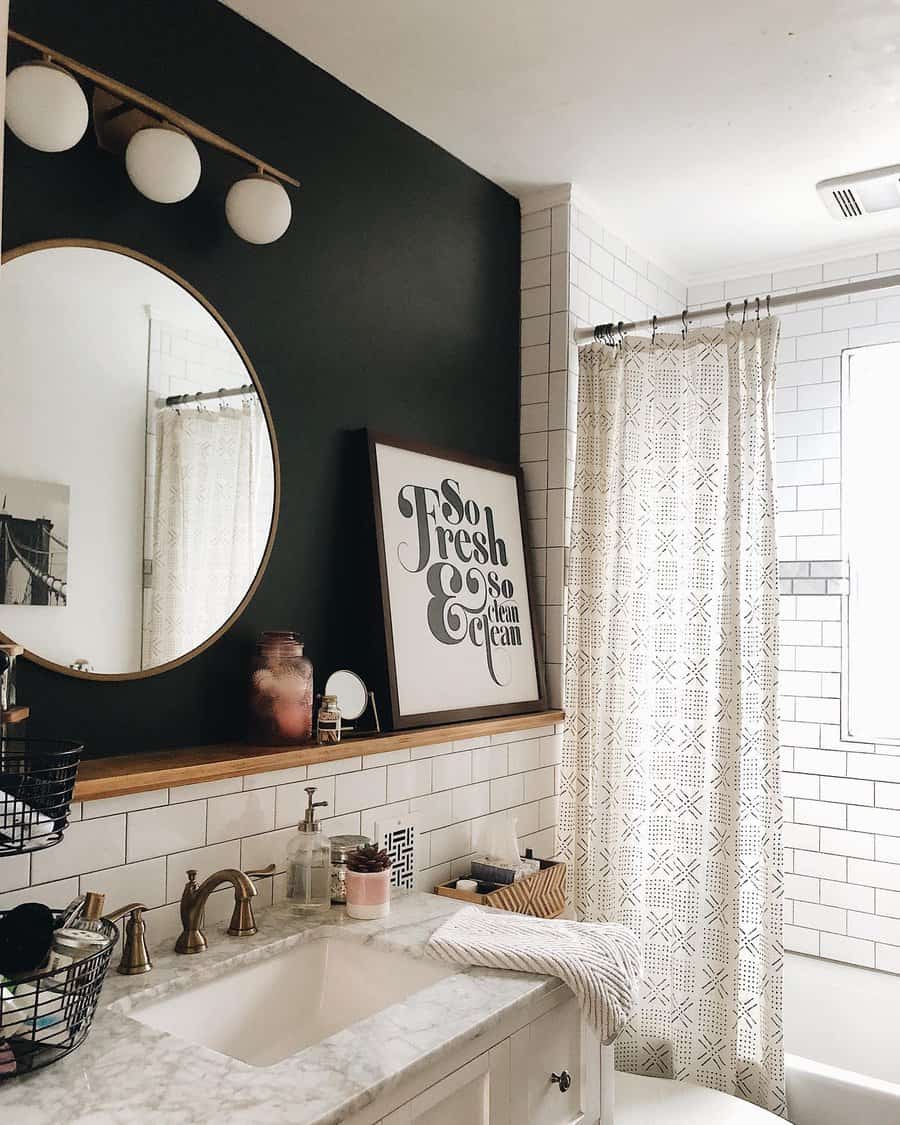
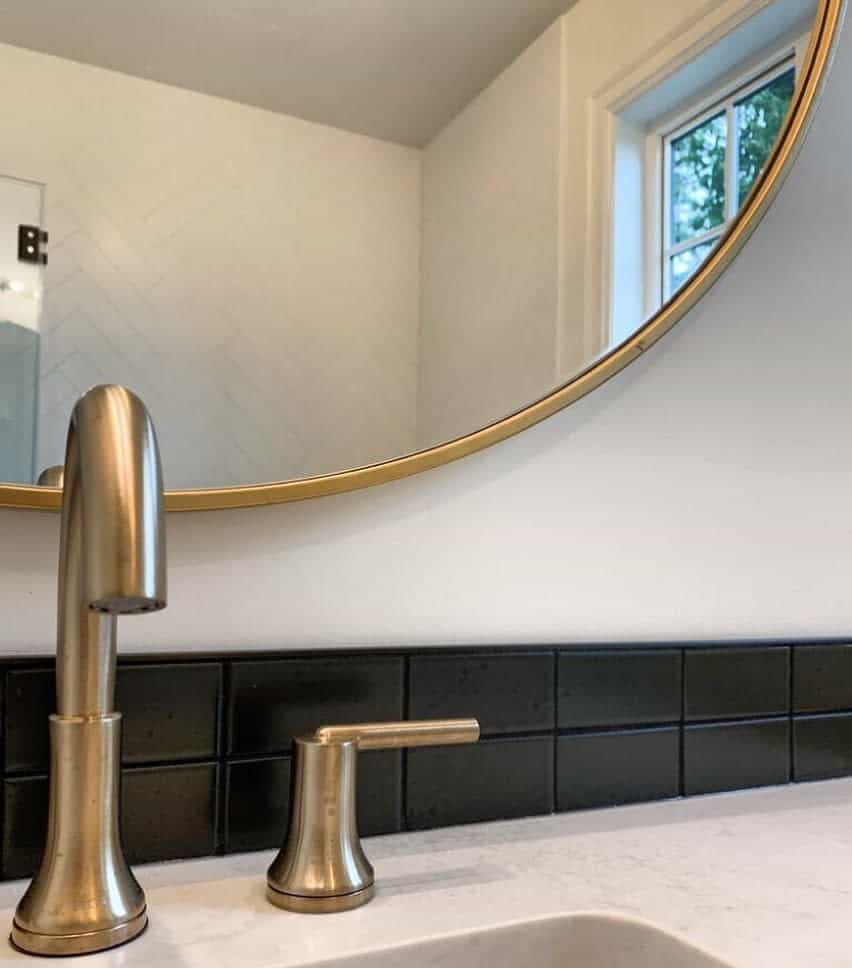
2. Limewash Concrete Backsplash
A limewash concrete backsplash introduces a rustic, textured aesthetic to your bathroom. This style suits homeowners looking for an organic, minimalist look. Its natural color variations and tactile surface bring an earthy element to the space. Limewash concrete is durable and moisture-resistant, ideal for bathroom environments.
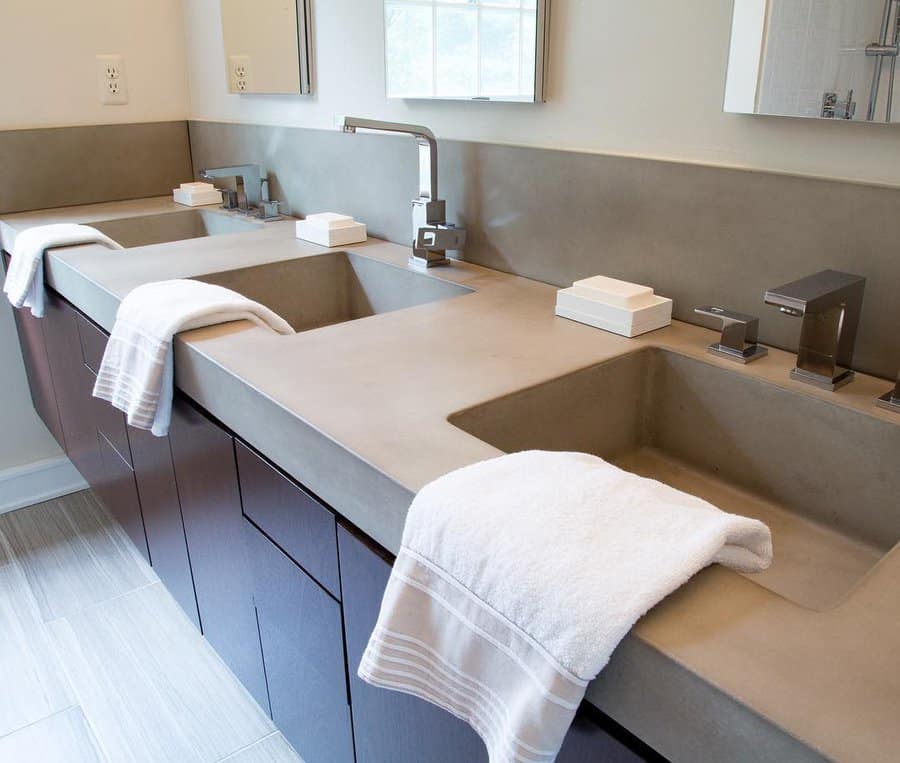
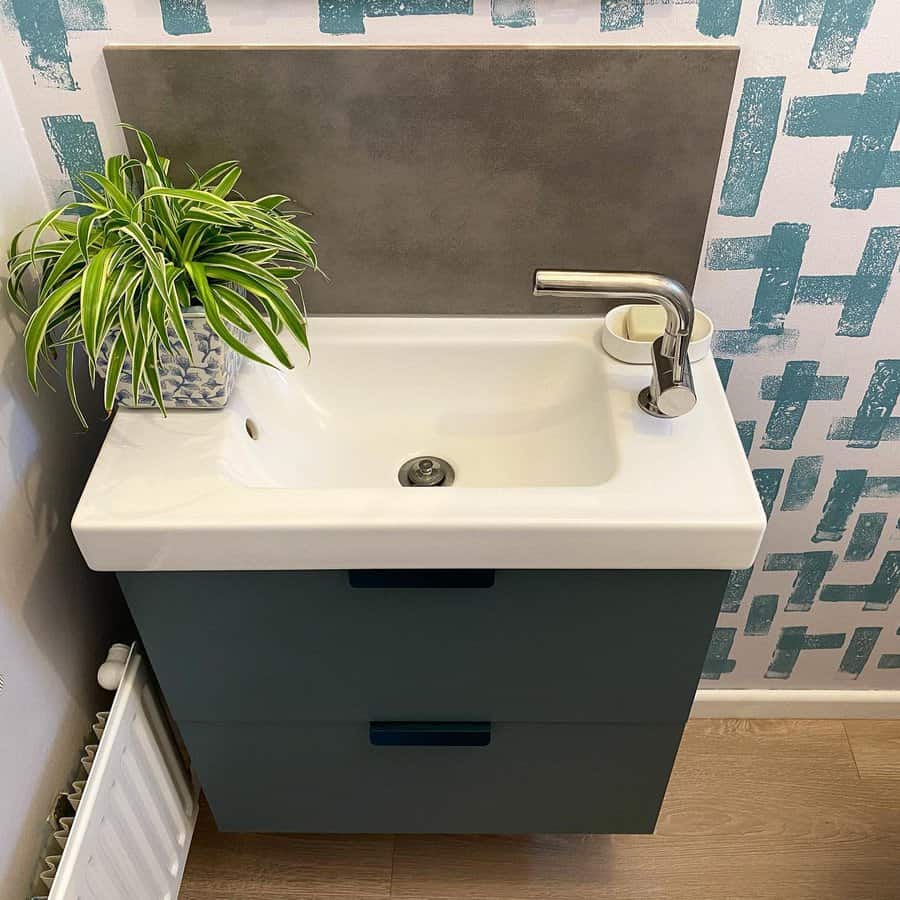
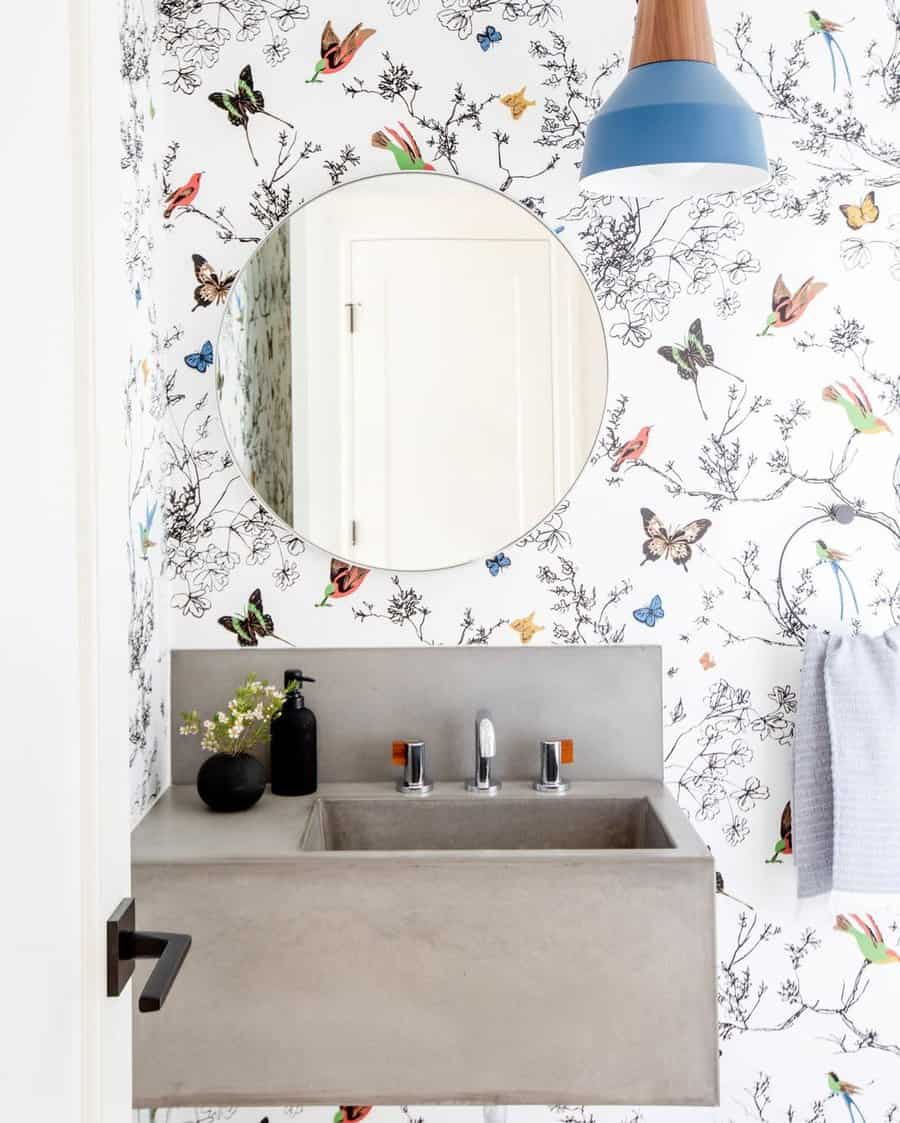
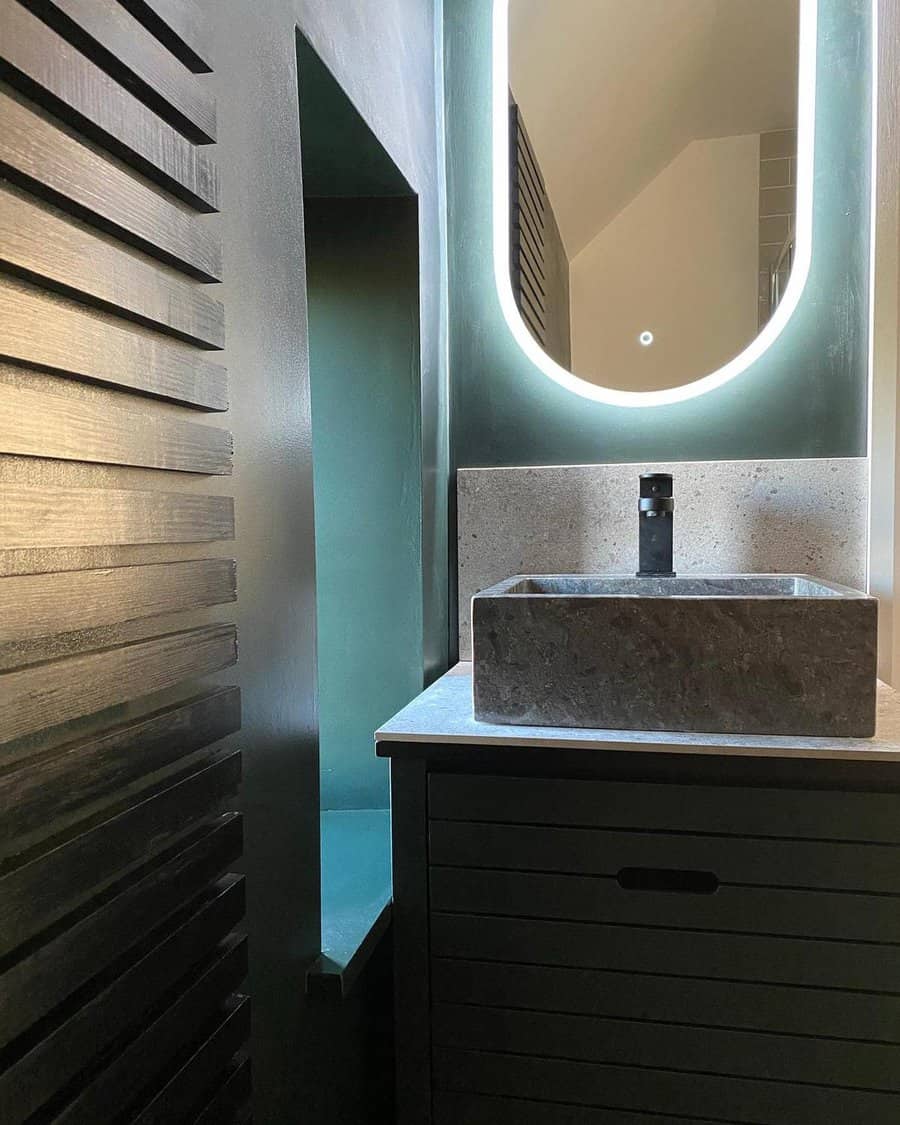
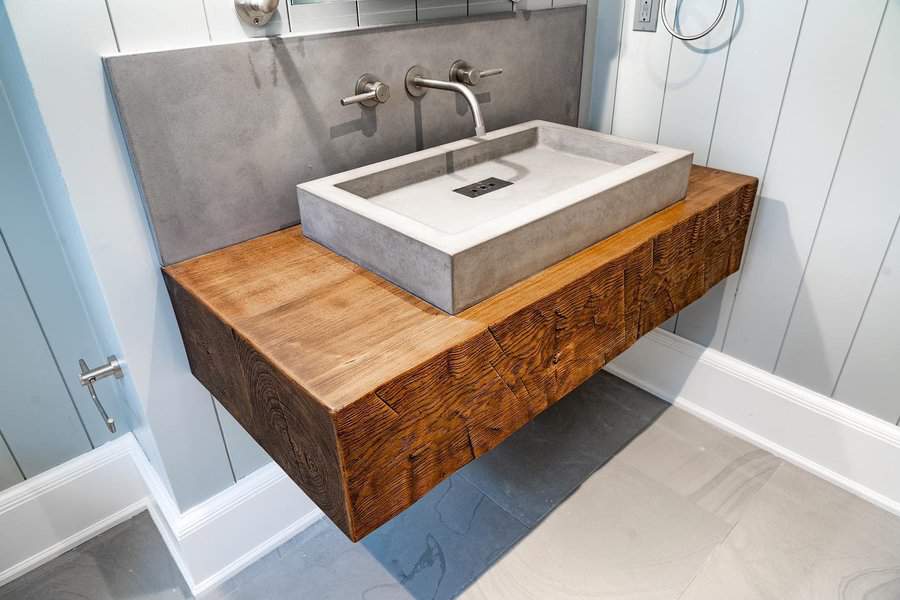
3. Decorative Tiles
Decorative tiles allow for creative expression in your bathroom. From intricate patterns to bold colors, these tiles can become a focal point of the room. They are perfect for adding personality and flair to any bathroom setting. With a vast array of designs available, you can find a style that resonates with your taste.
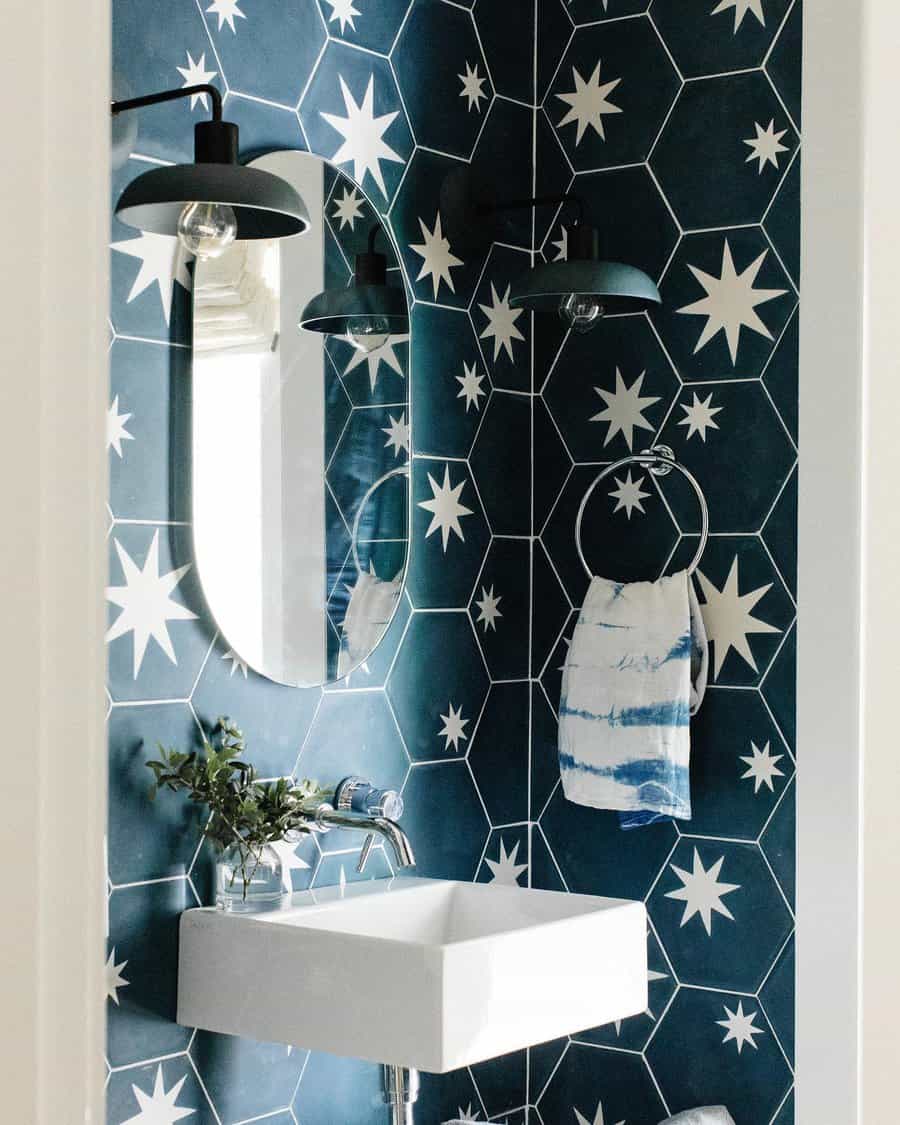
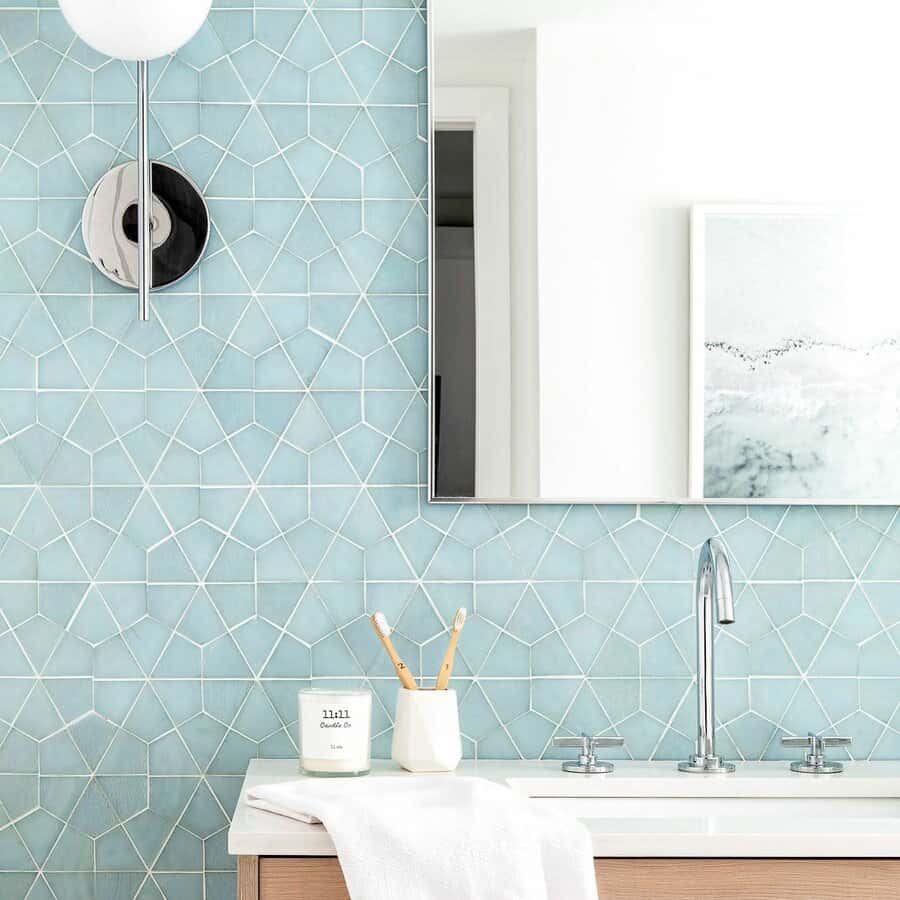
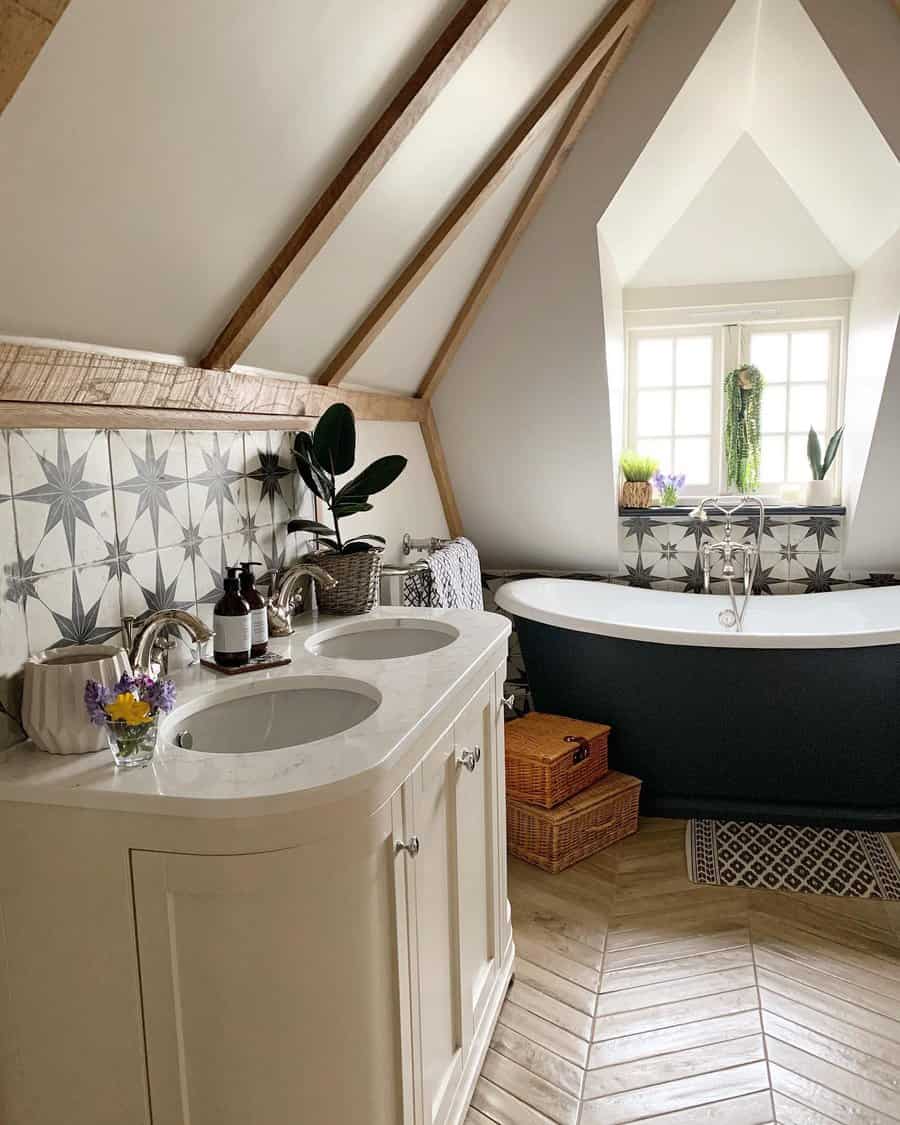
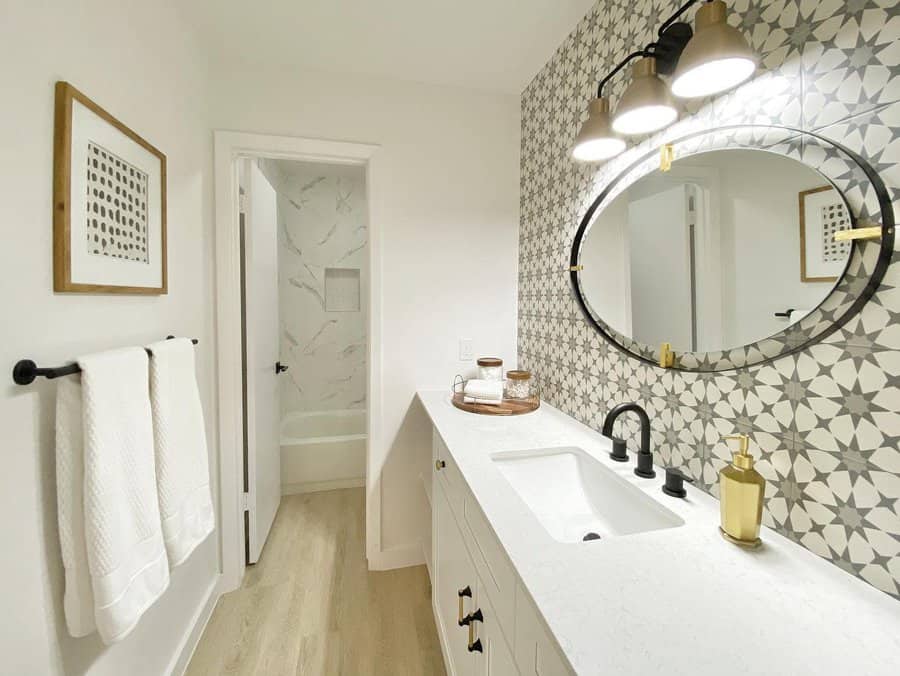
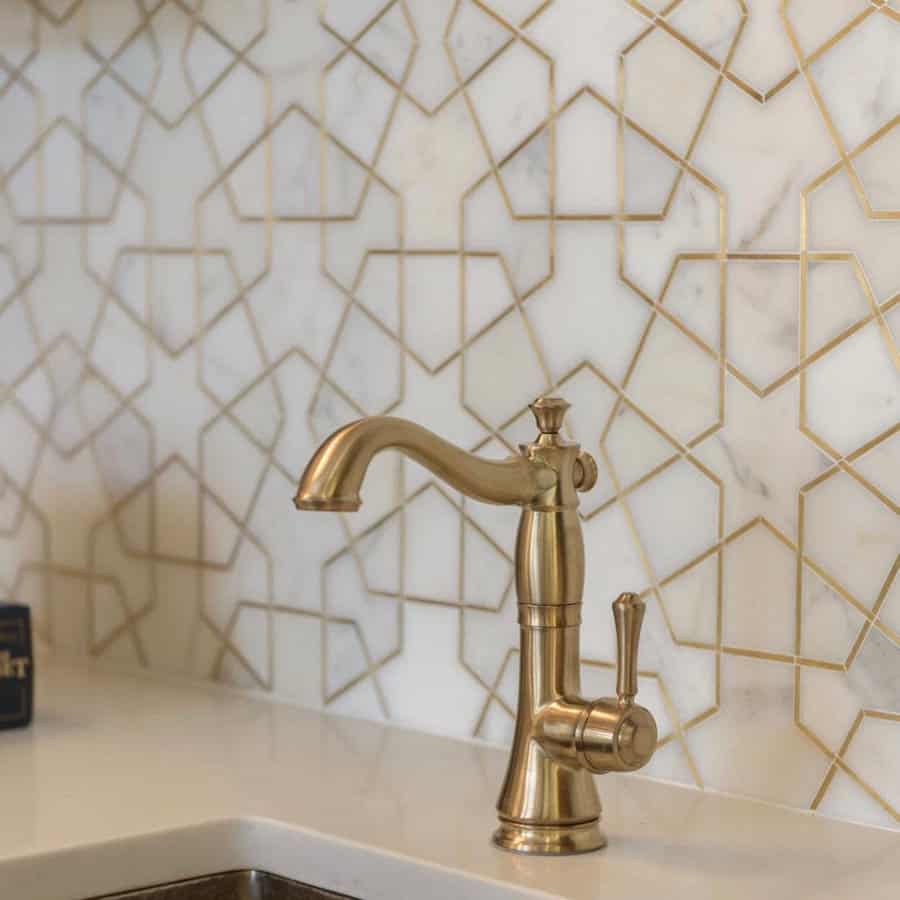
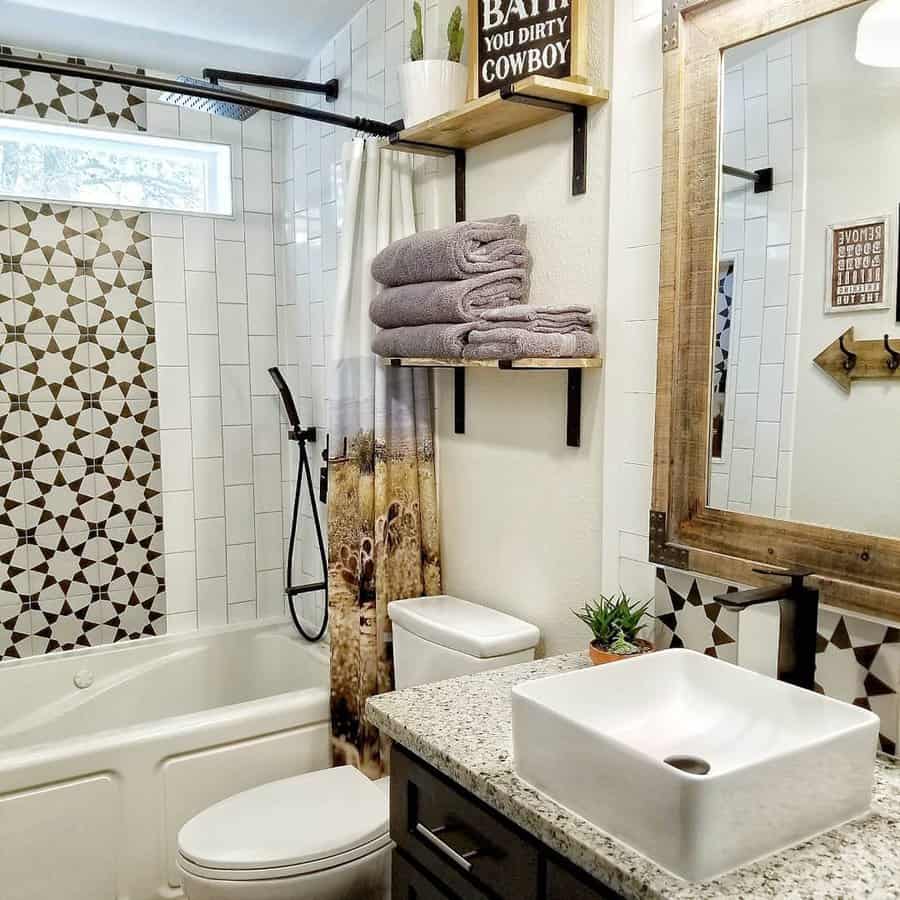
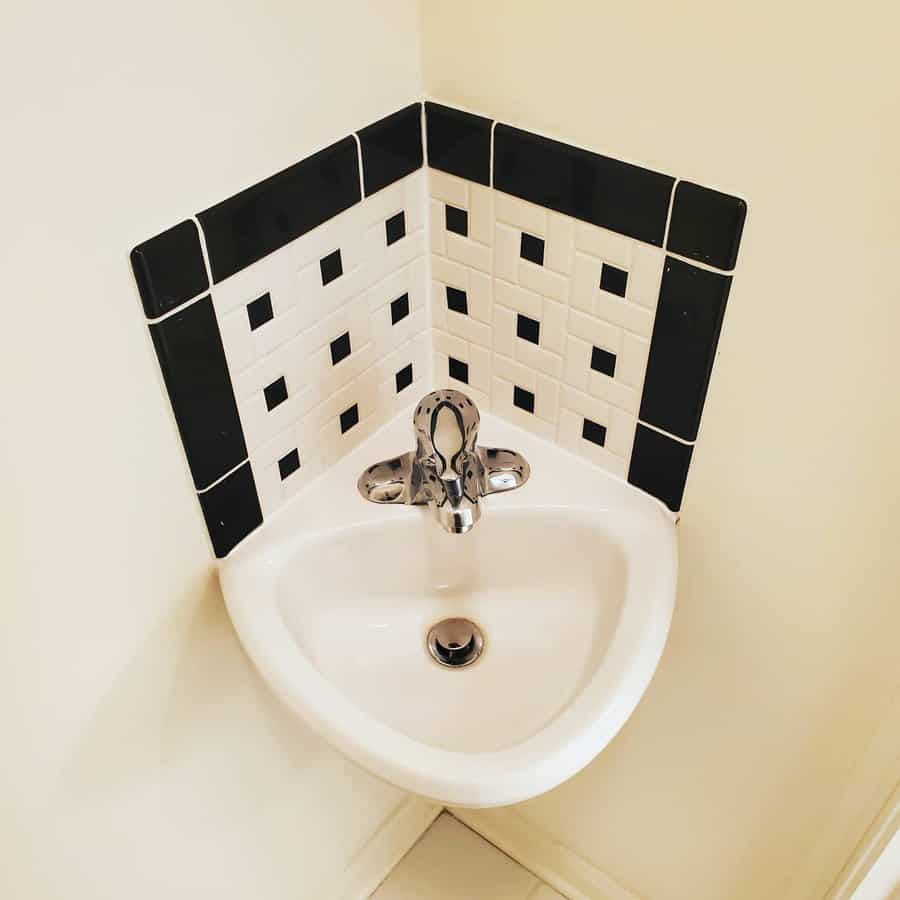
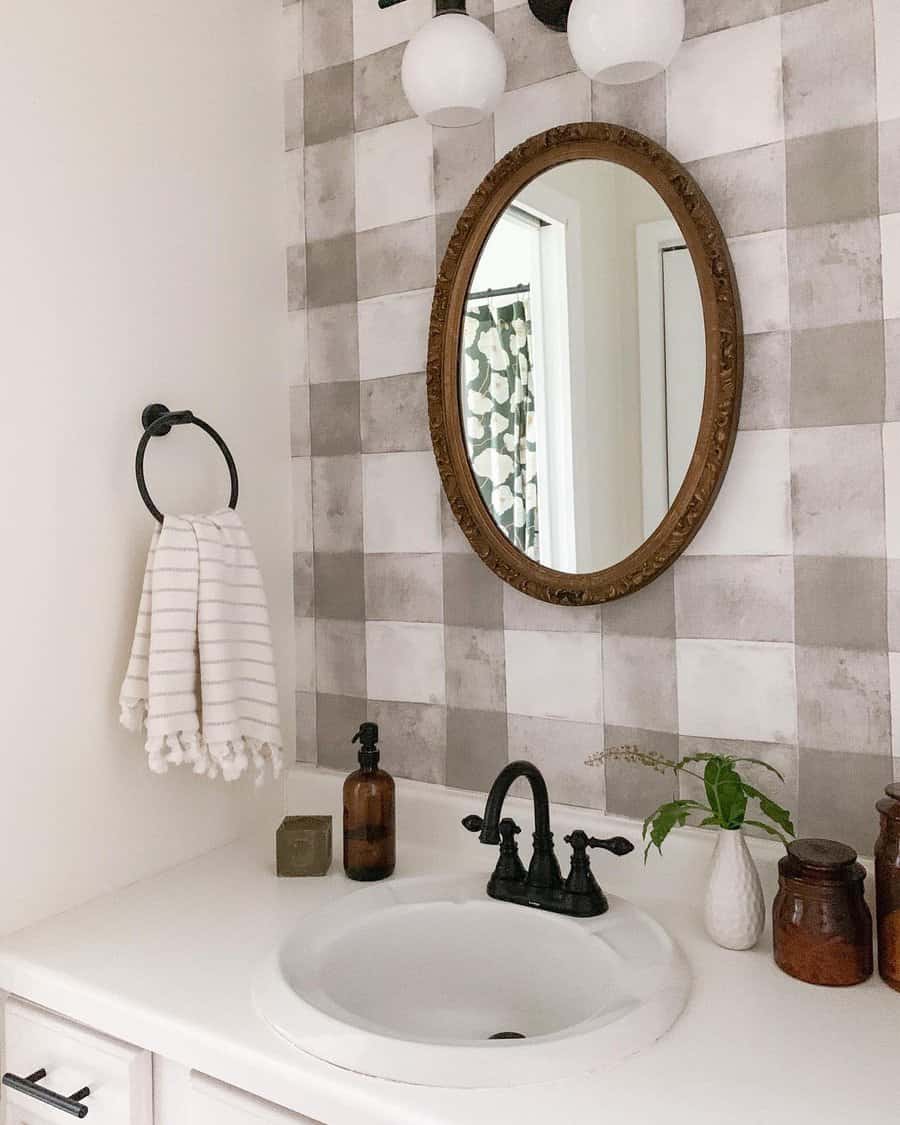
4. Marble Backsplash
A marble backsplash brings timeless elegance to your bathroom. Its natural veining and luxurious feel make it a favorite for sophisticated spaces. Marble is a durable stone that withstands the test of time, both in style and function. This option suits those looking for a touch of classic luxury in their bathroom.
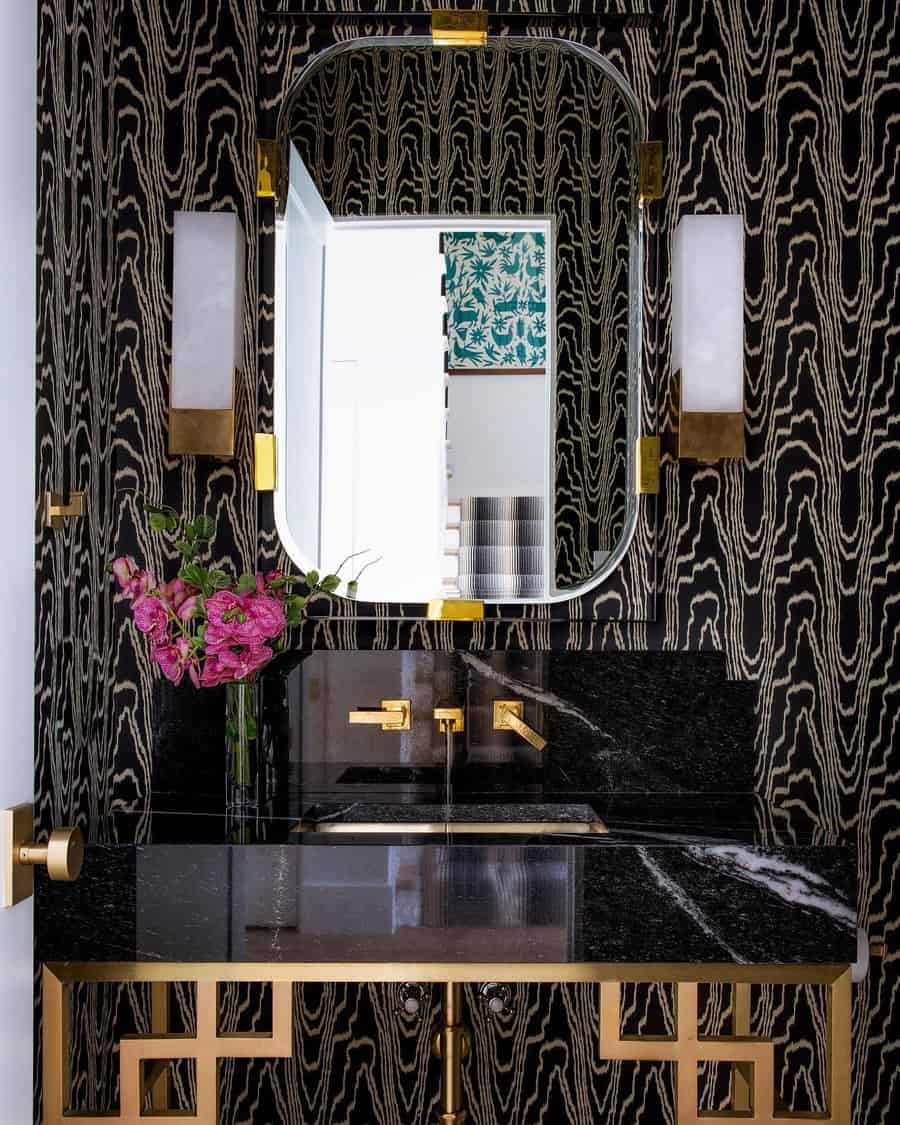
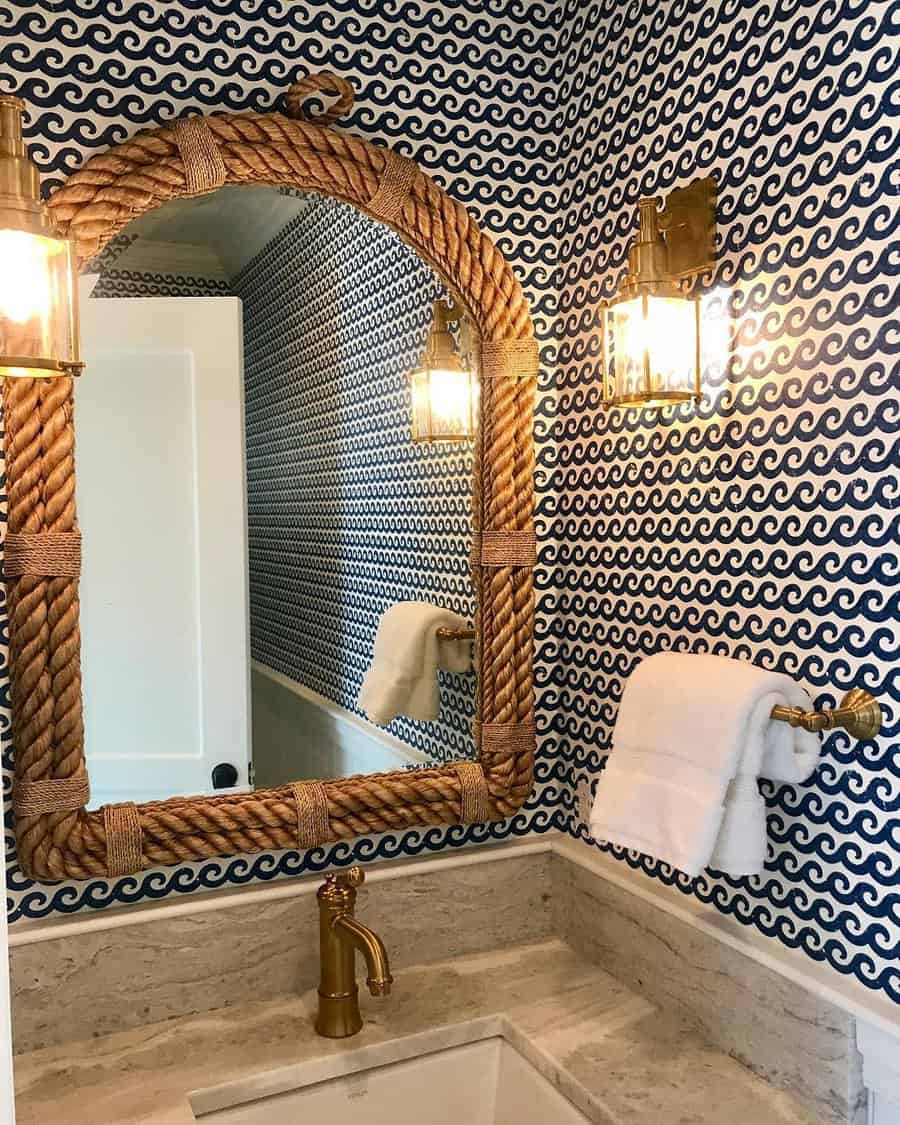
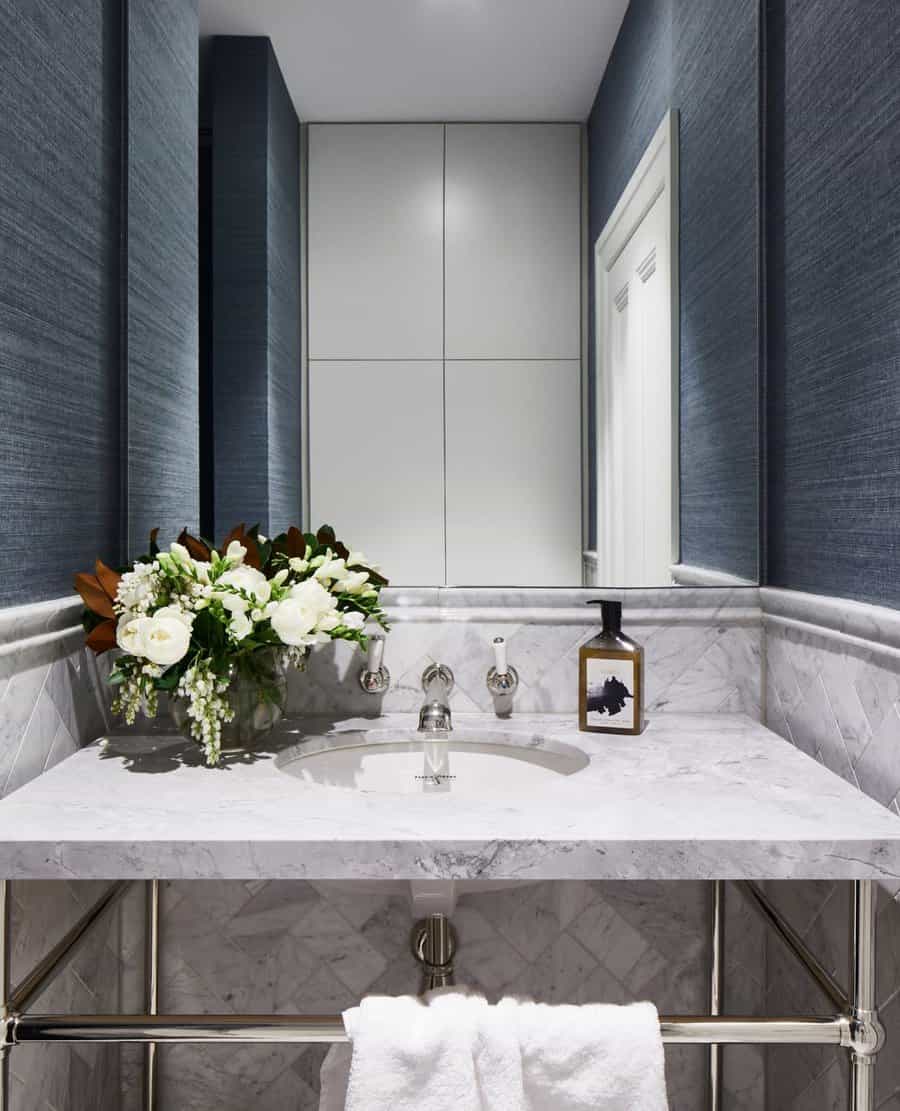
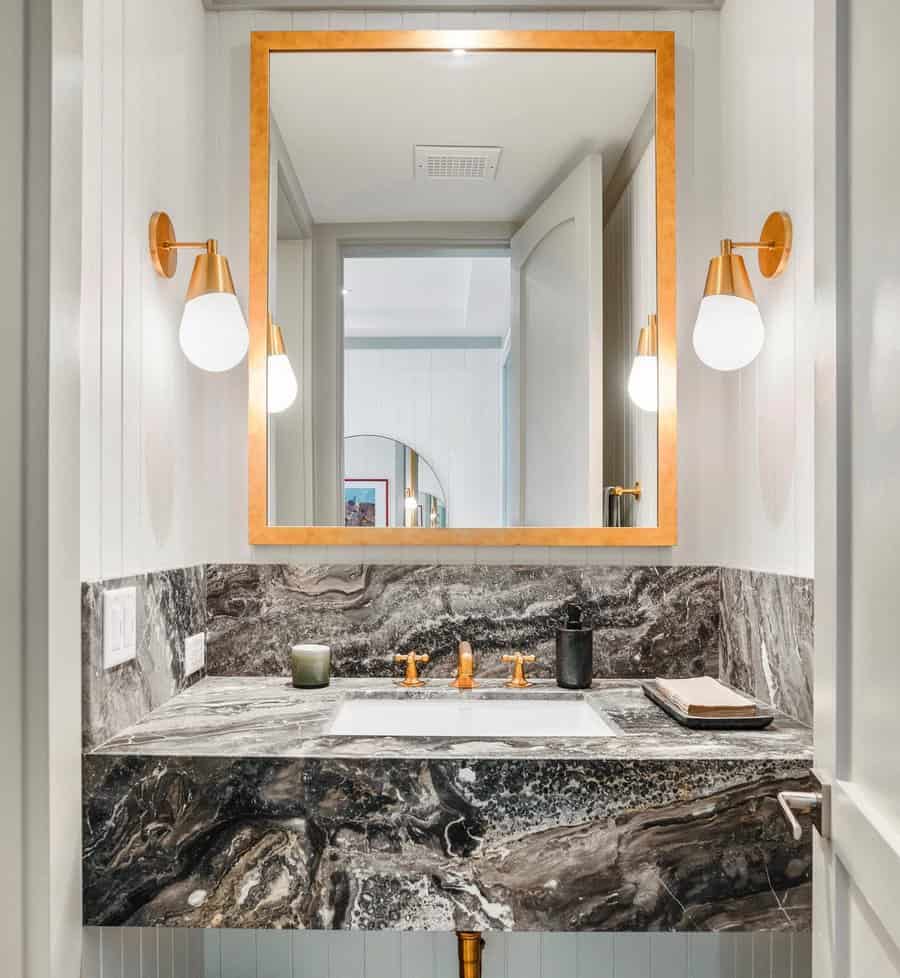
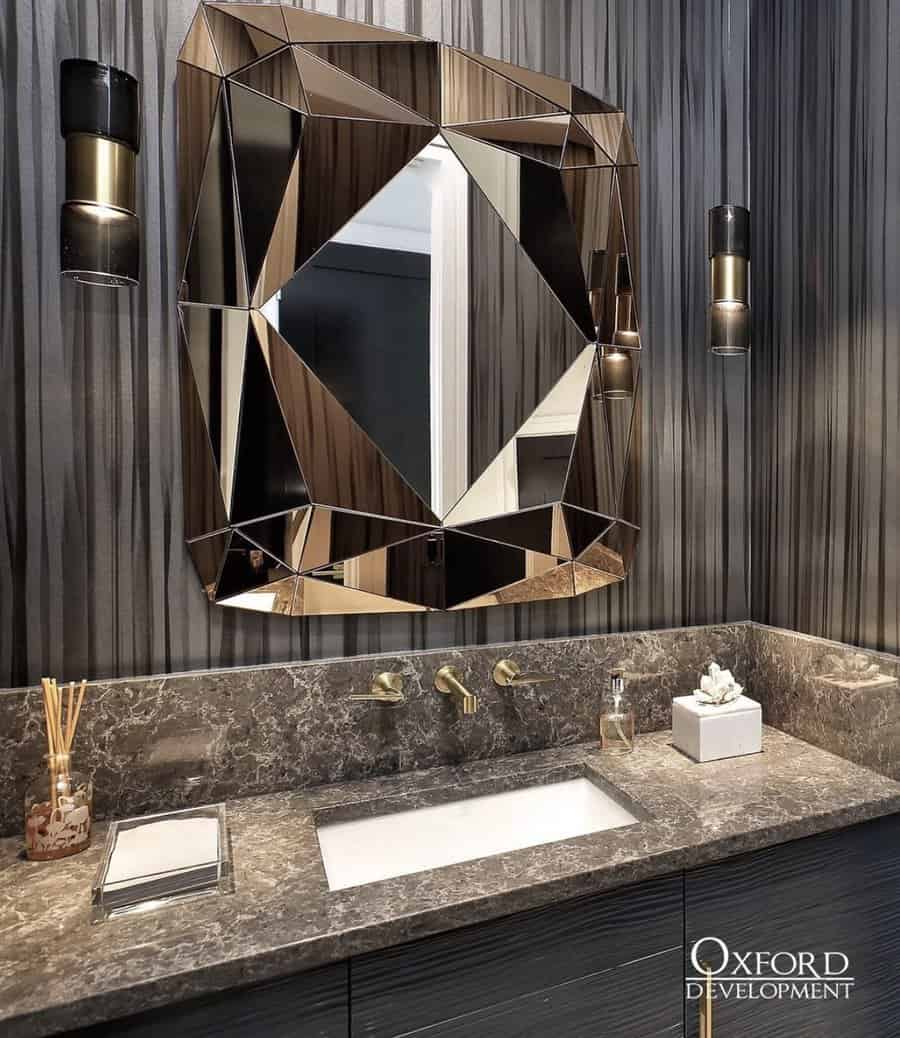

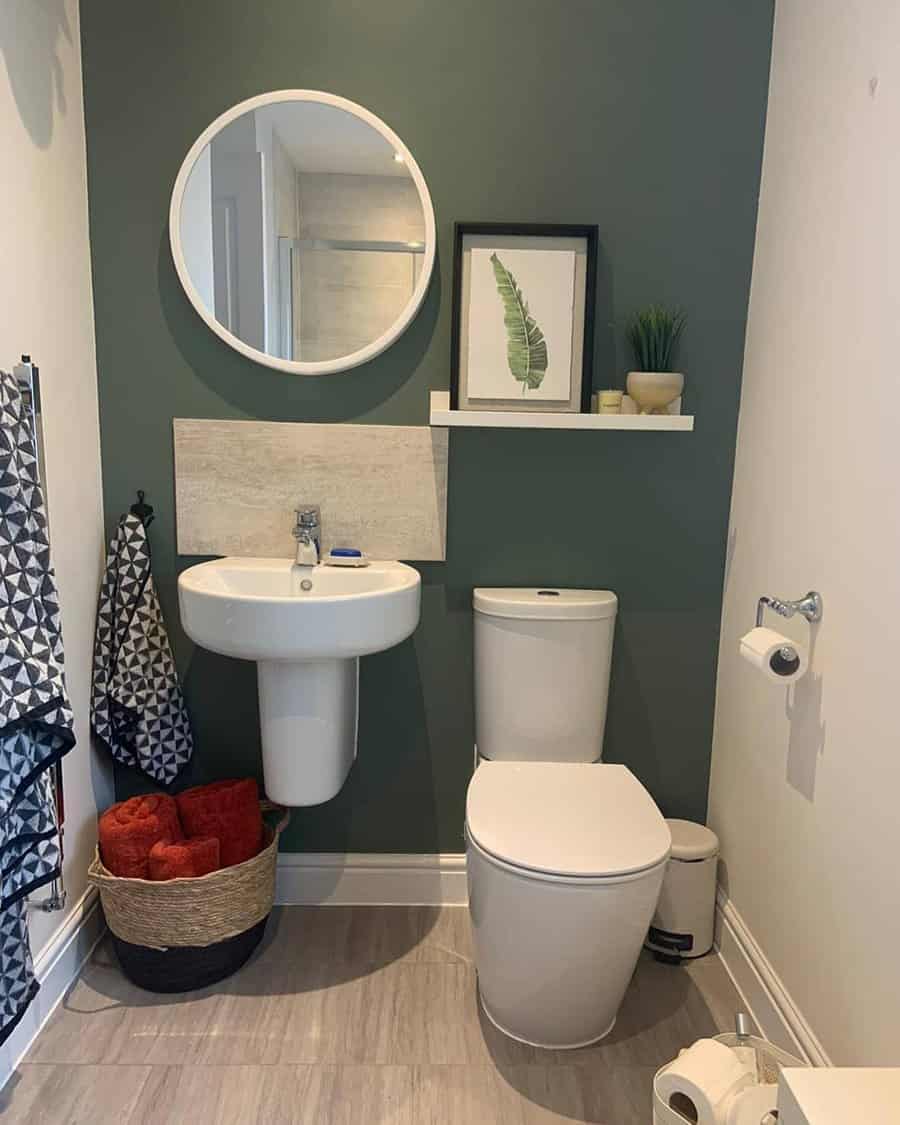
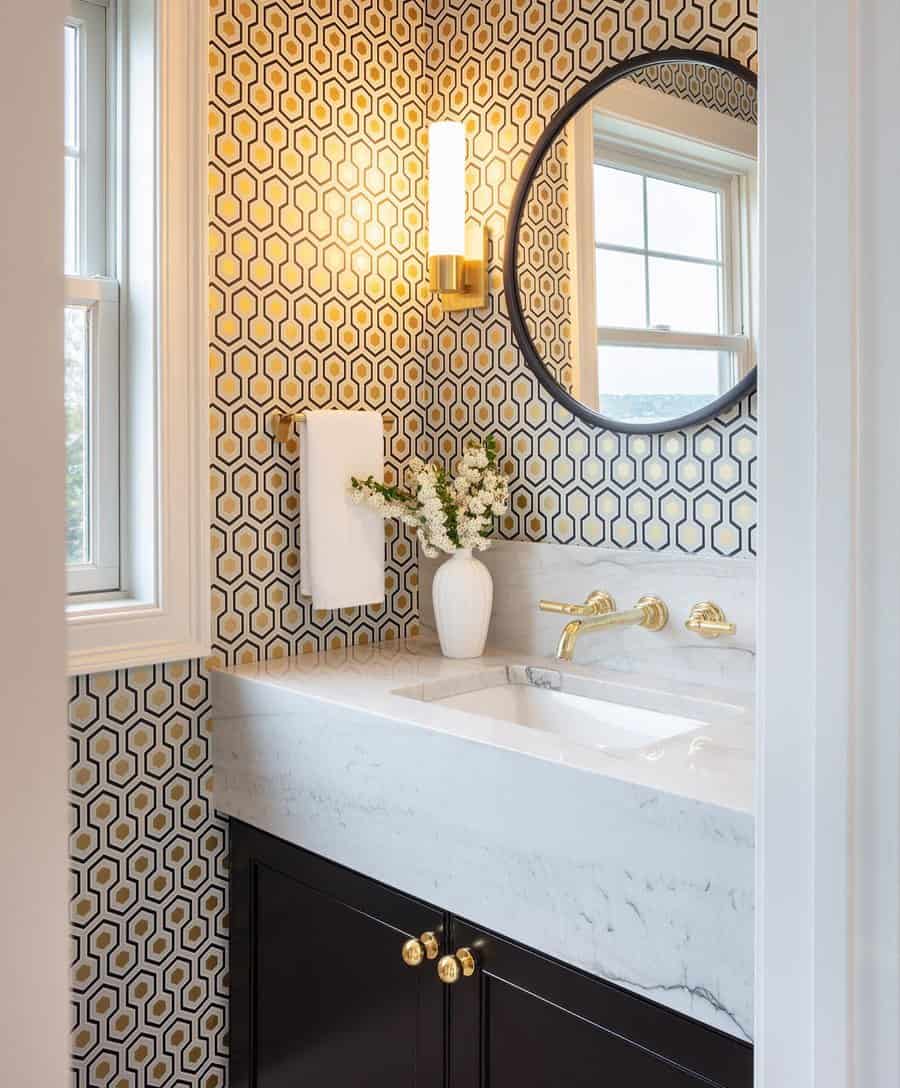
5. Ceramic Tiles
Ceramic tiles are a versatile and affordable option for bathroom backsplashes. They come in a wide range of colors, shapes, and finishes, allowing for extensive customization. Ceramic is known for its durability and ease of maintenance, making it a sensible choice for any bathroom.
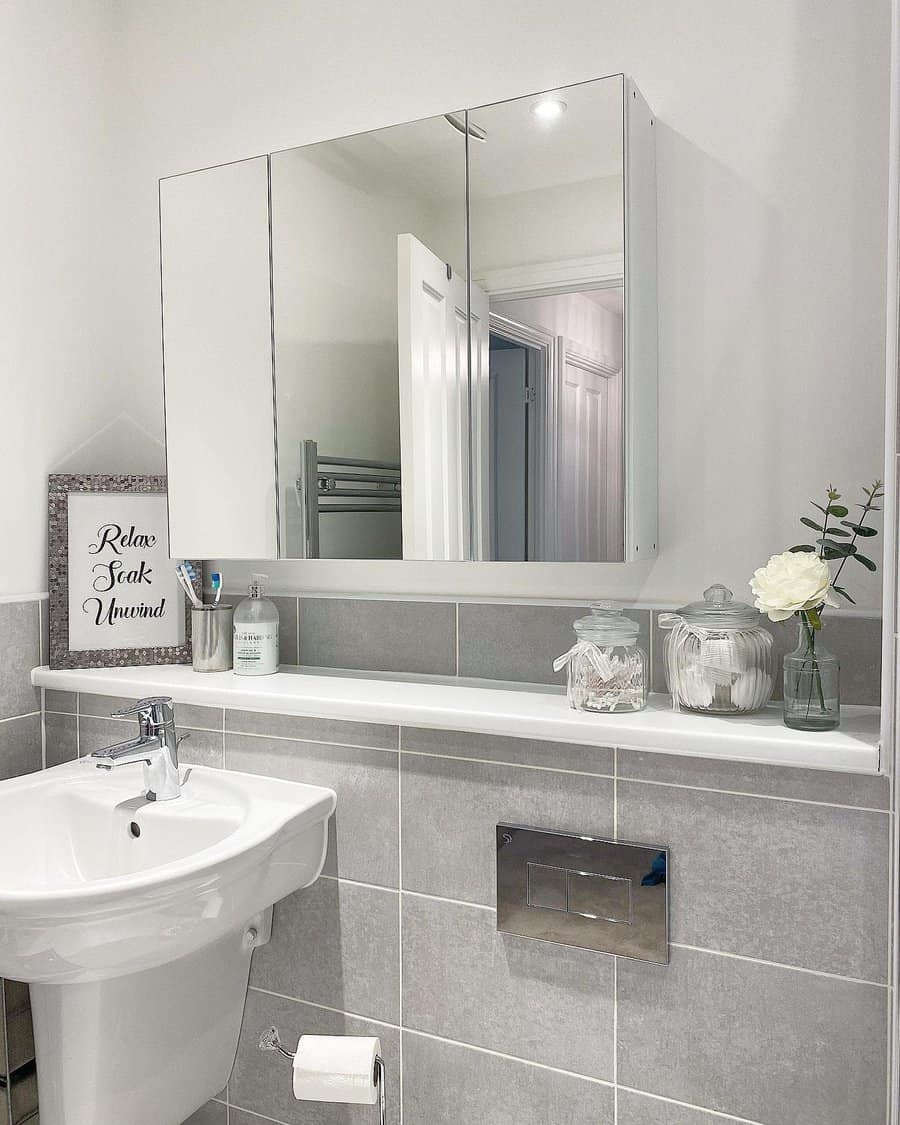
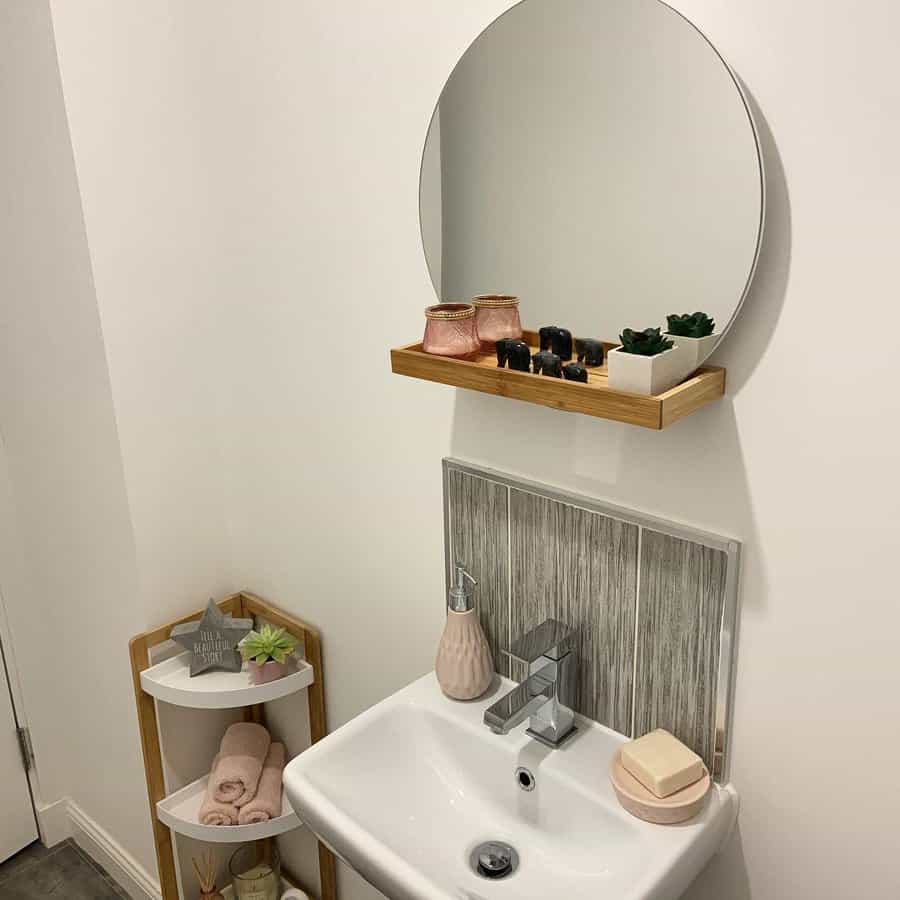
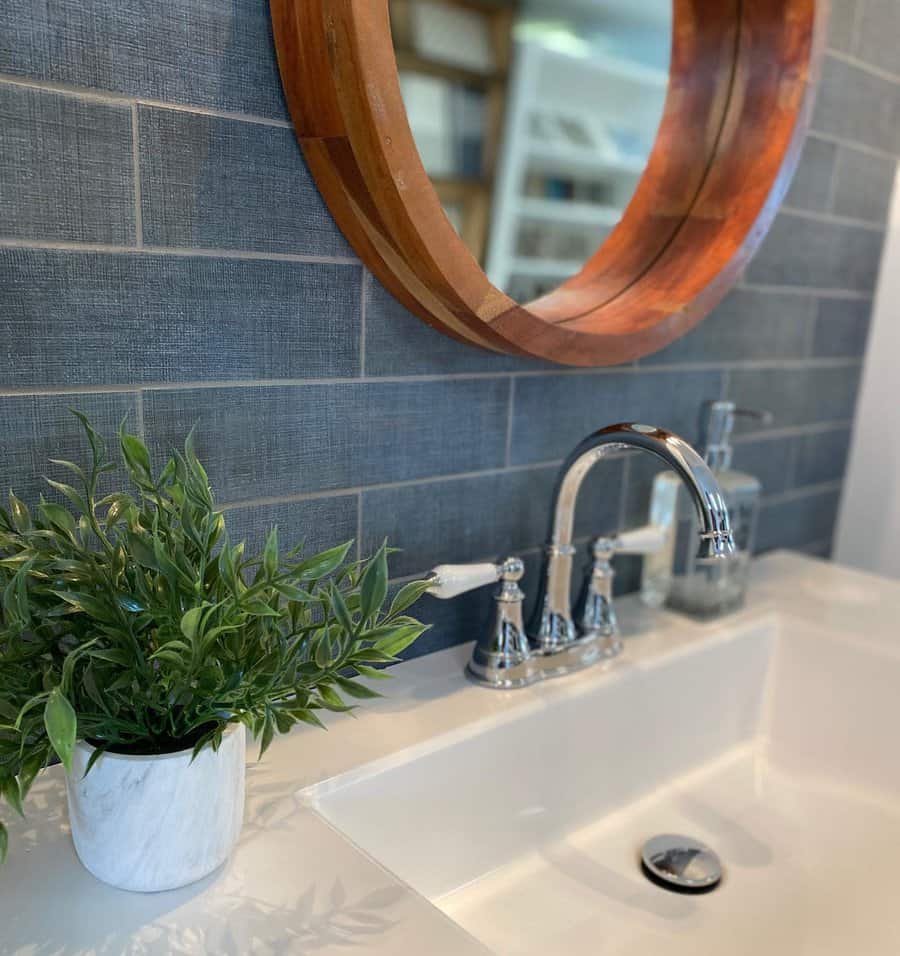
6. 3D Decorative Backsplash
A 3D decorative backsplash adds texture and visual interest to your bathroom. These tiles create a tactile experience and a unique look through their raised patterns and shapes. This style is perfect for those wanting to make a bold statement in their bathroom. It’s a contemporary choice that stands out in both design and feel.
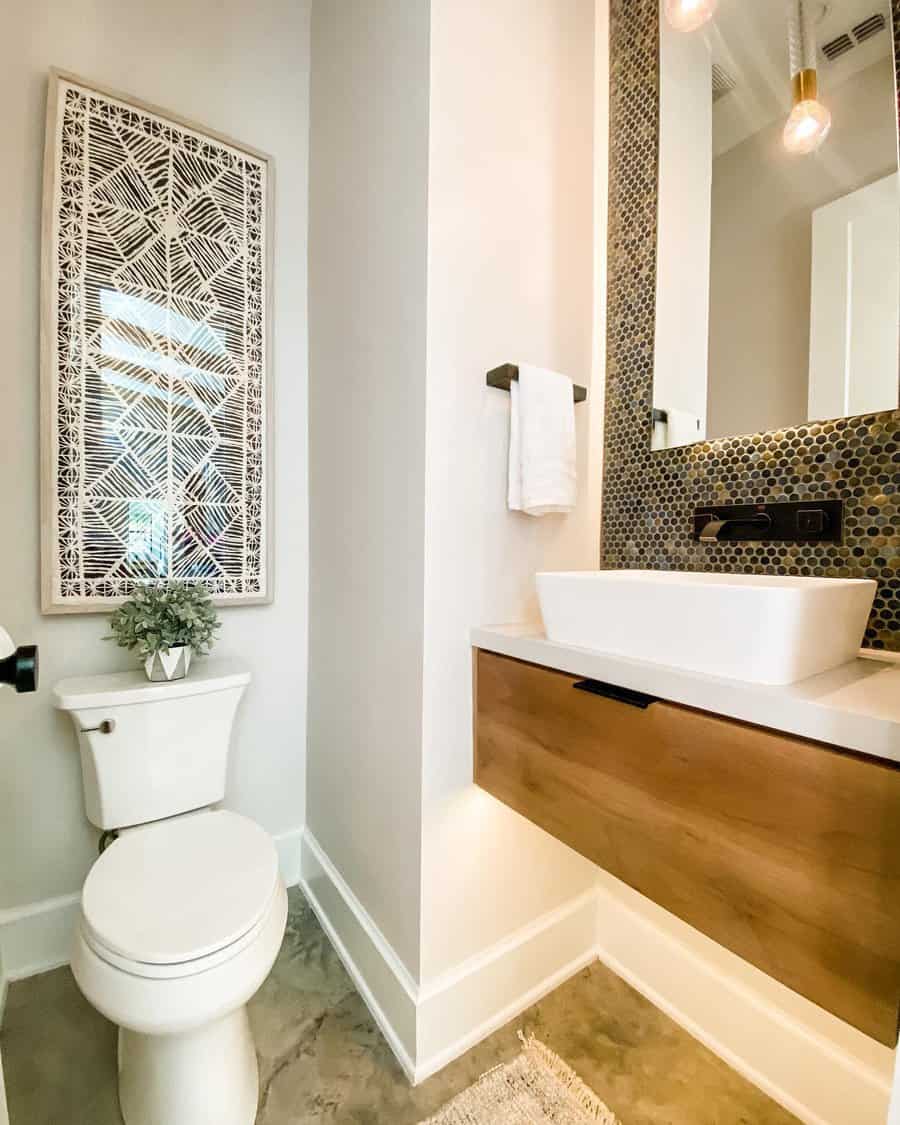
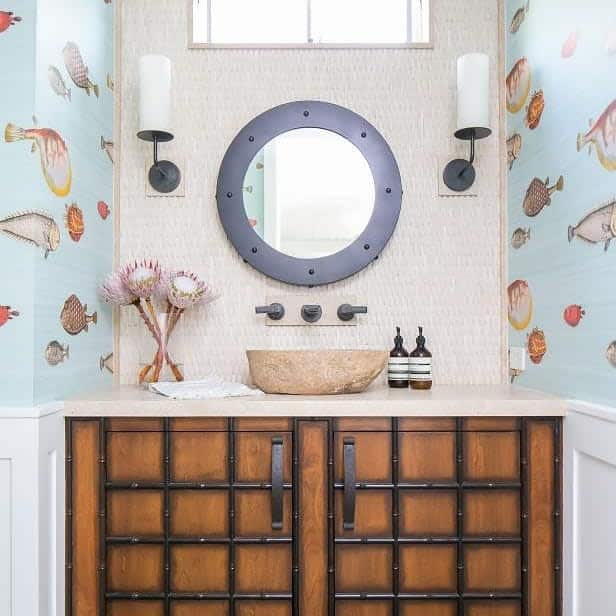
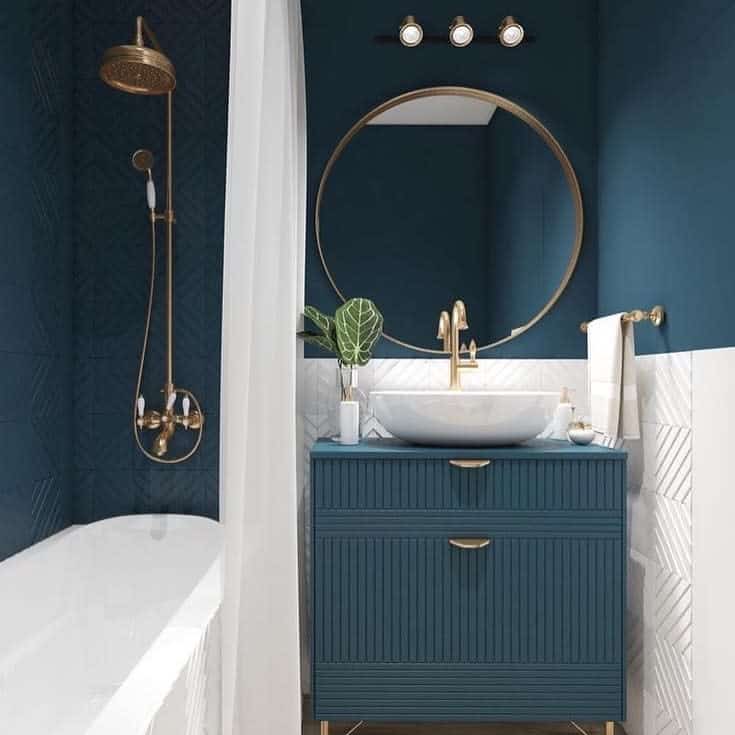
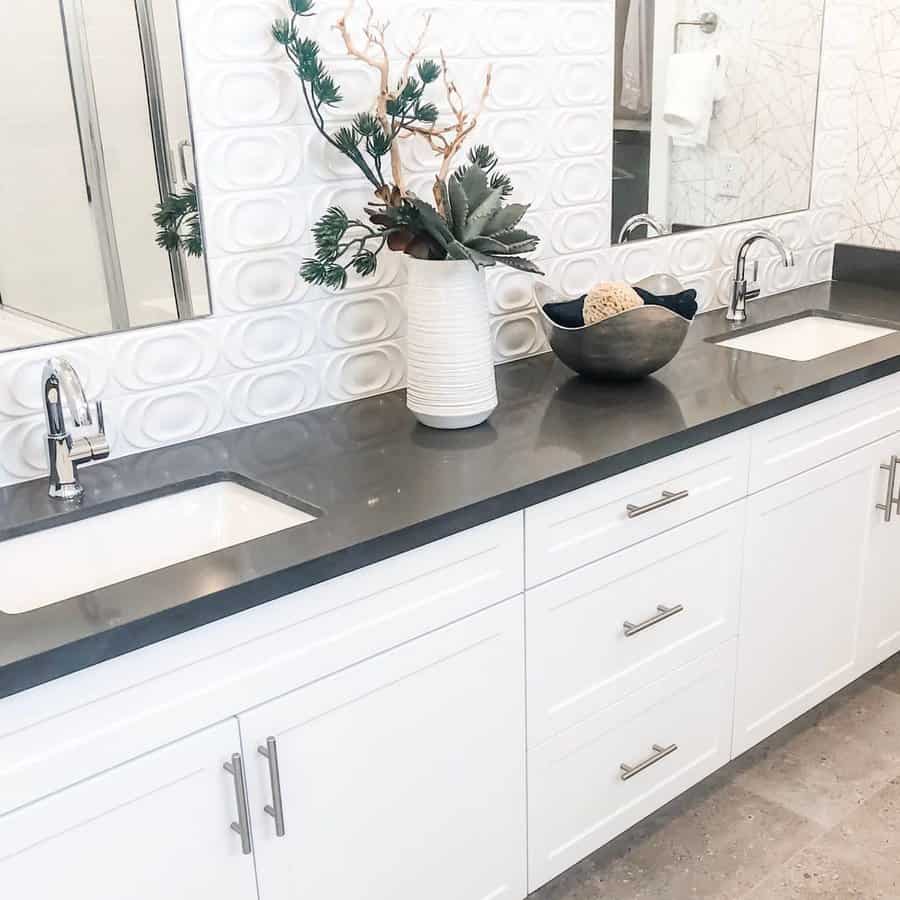
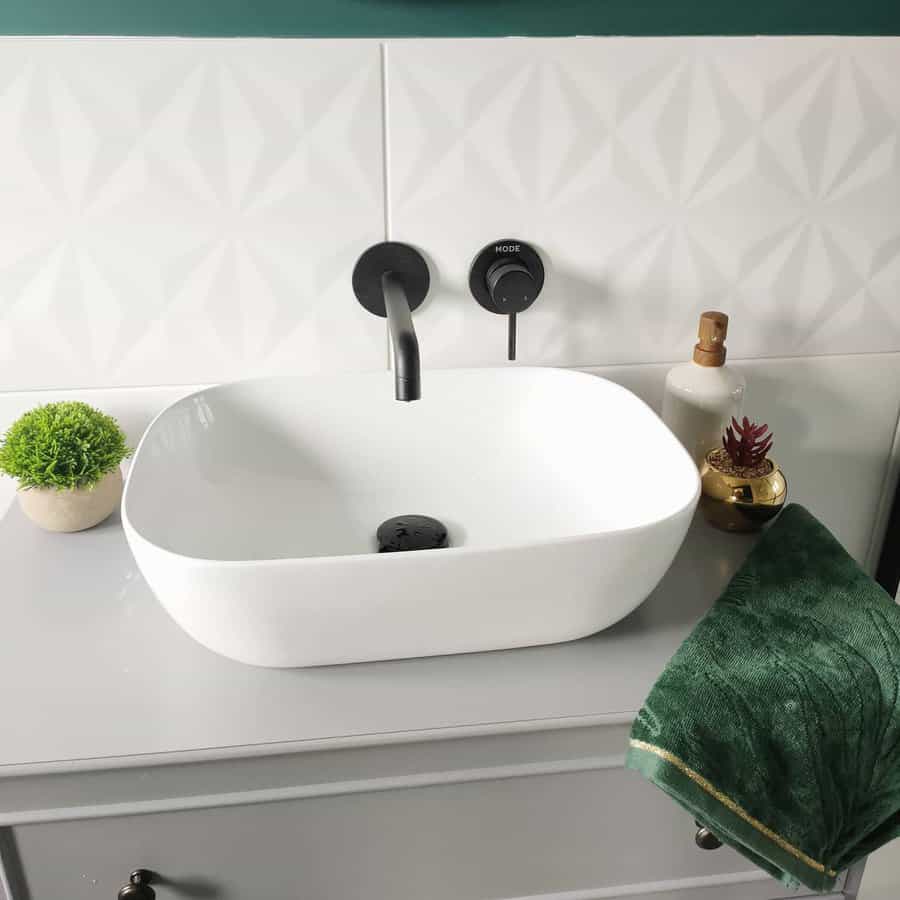
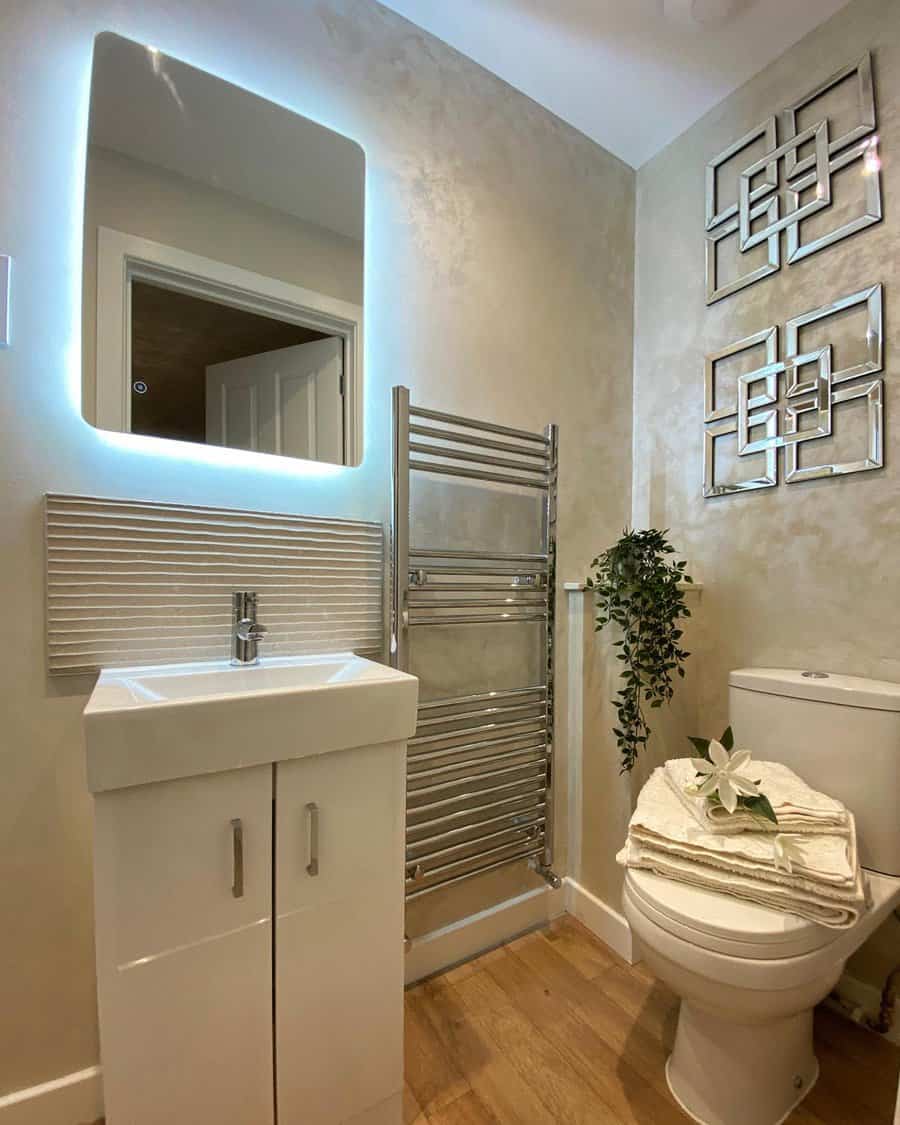
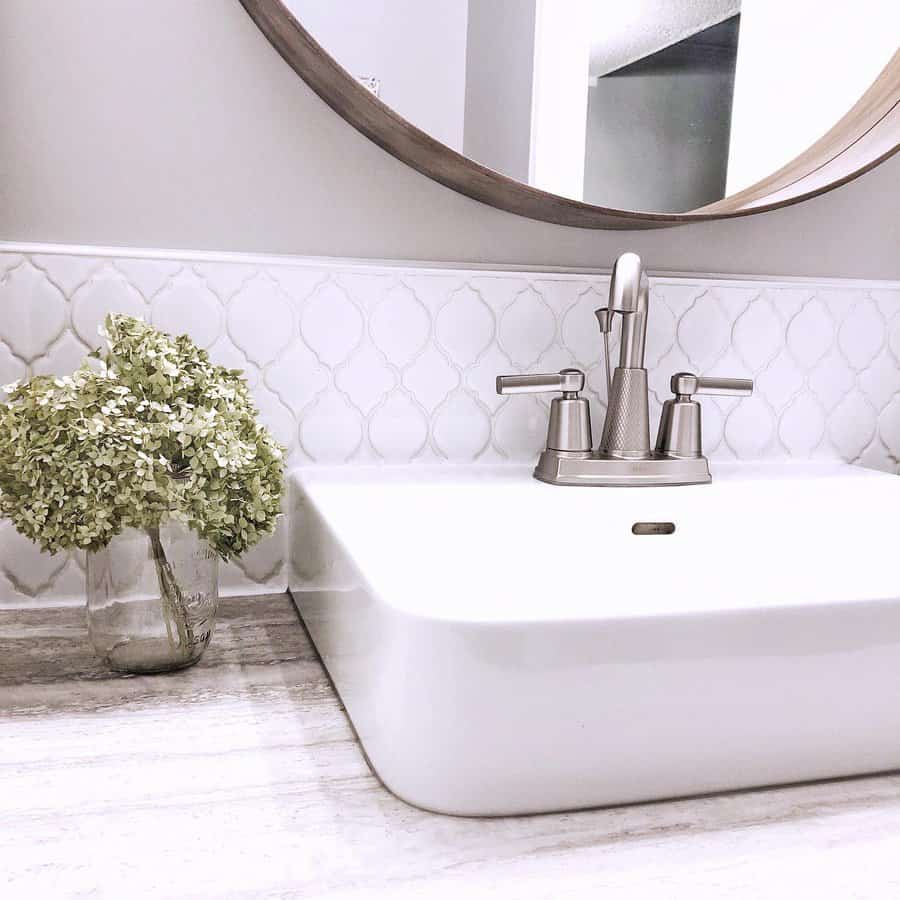
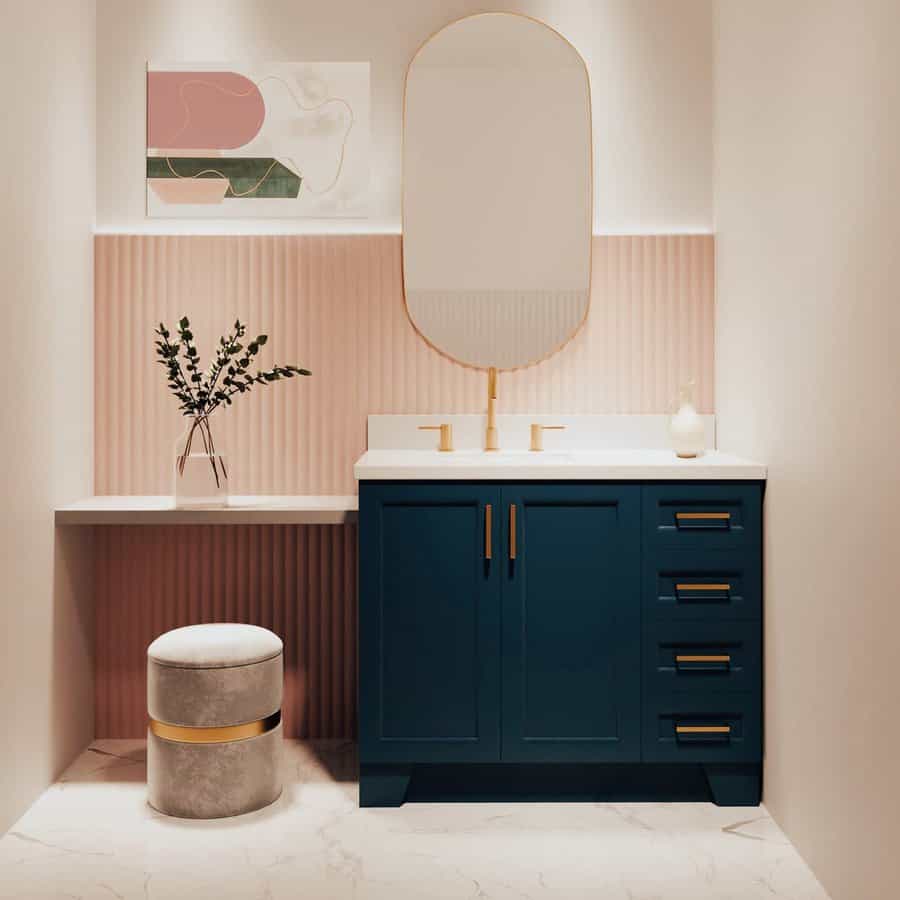
7. Luxury Vinyl Tiles
Luxury vinyl tile (LVT) offers a waterproof and cost-effective backsplash solution. Mimicking the look of more expensive materials like wood or stone, LVT is perfect for budget-conscious homeowners who don’t want to compromise on style. It’s also easy to install and maintain, making it a practical choice for DIY enthusiasts.
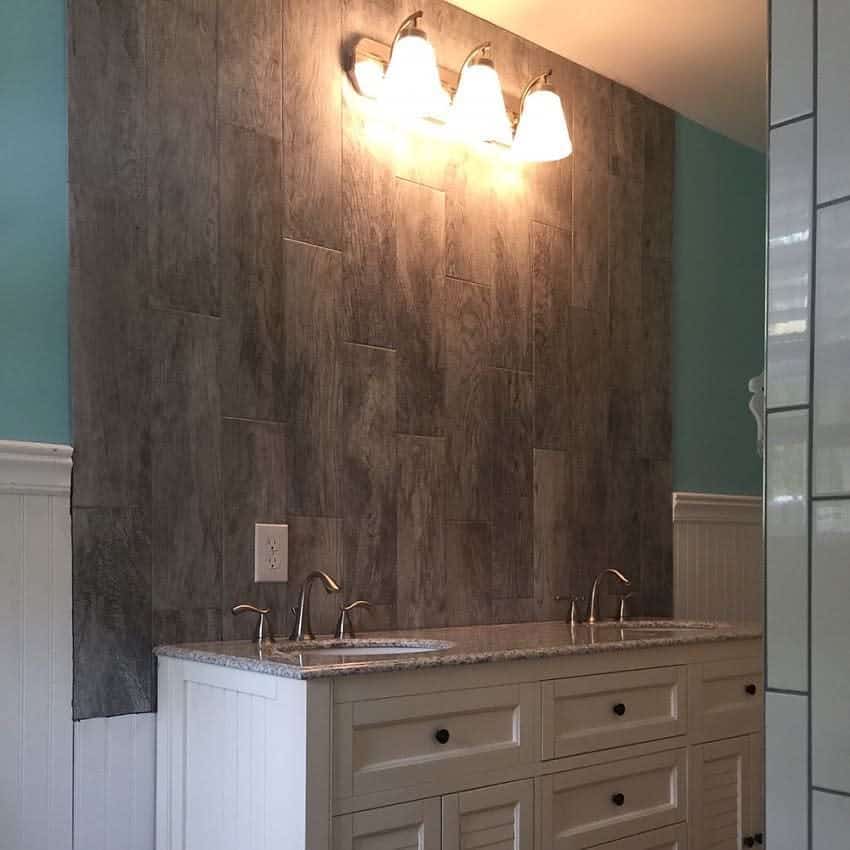
8. Stone Tiles
Stone tile backsplashes bring a slice of nature into your bathroom. With their unique textures and colors, stone tiles create a serene and organic ambiance. They are ideal for those seeking a natural look with a touch of rugged elegance. Stone is also highly durable, standing up well to the humid conditions of a bathroom.
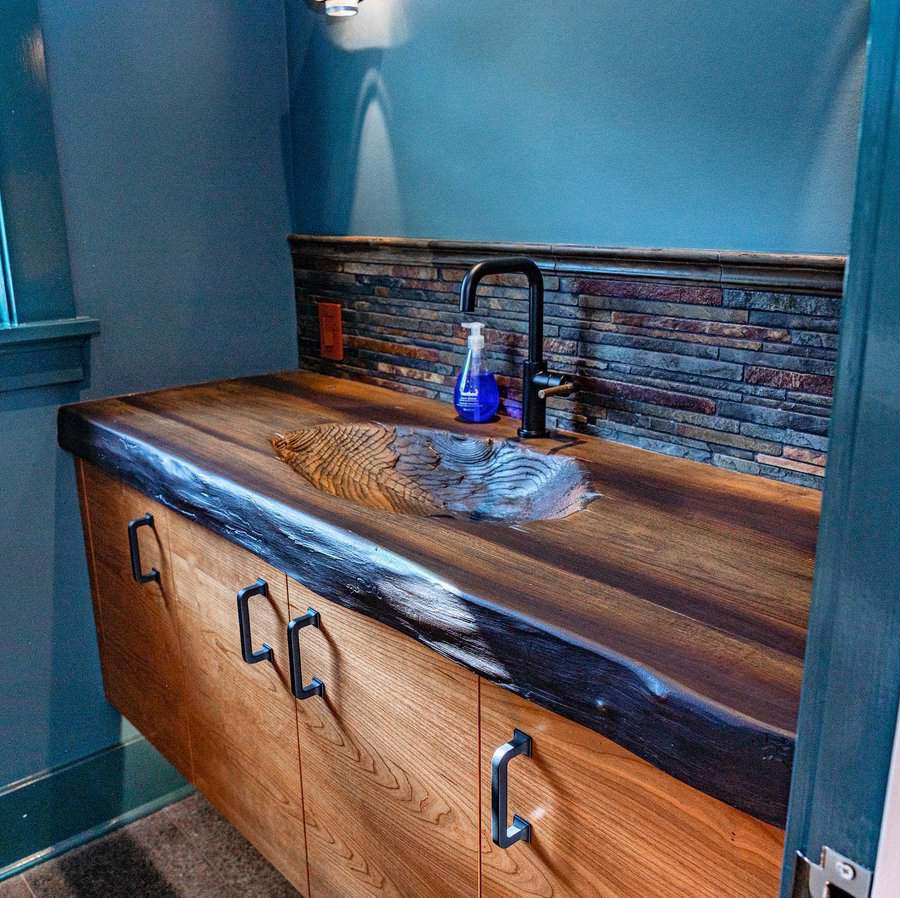
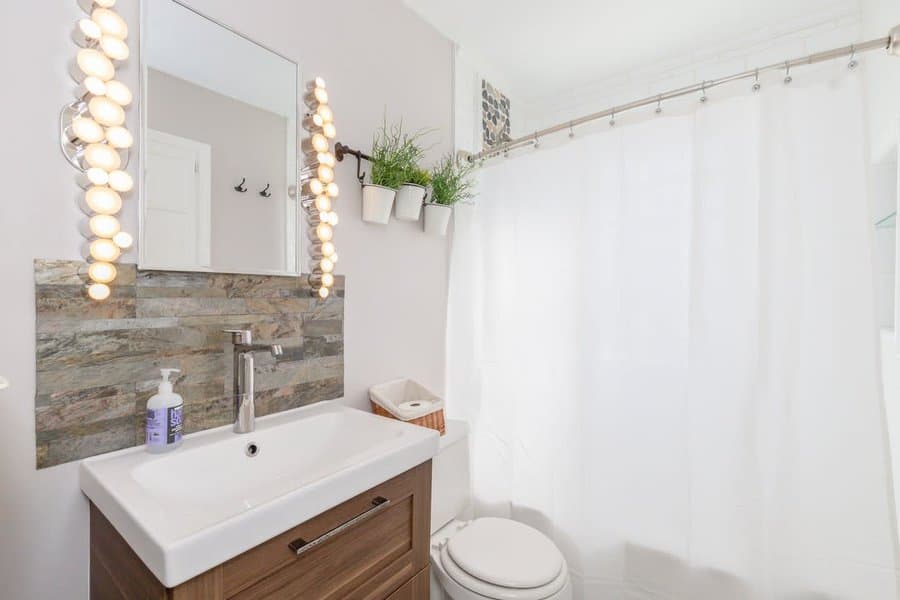
9. Mosaic Tiles
Mosaic tiles offer endless possibilities for custom designs in your bathroom. Their small size allows for detailed patterns and intricate designs. A mosaic backsplash can range from subtle and understated to bold and artistic, fitting any design preference. They also add a luxurious feel to the space.
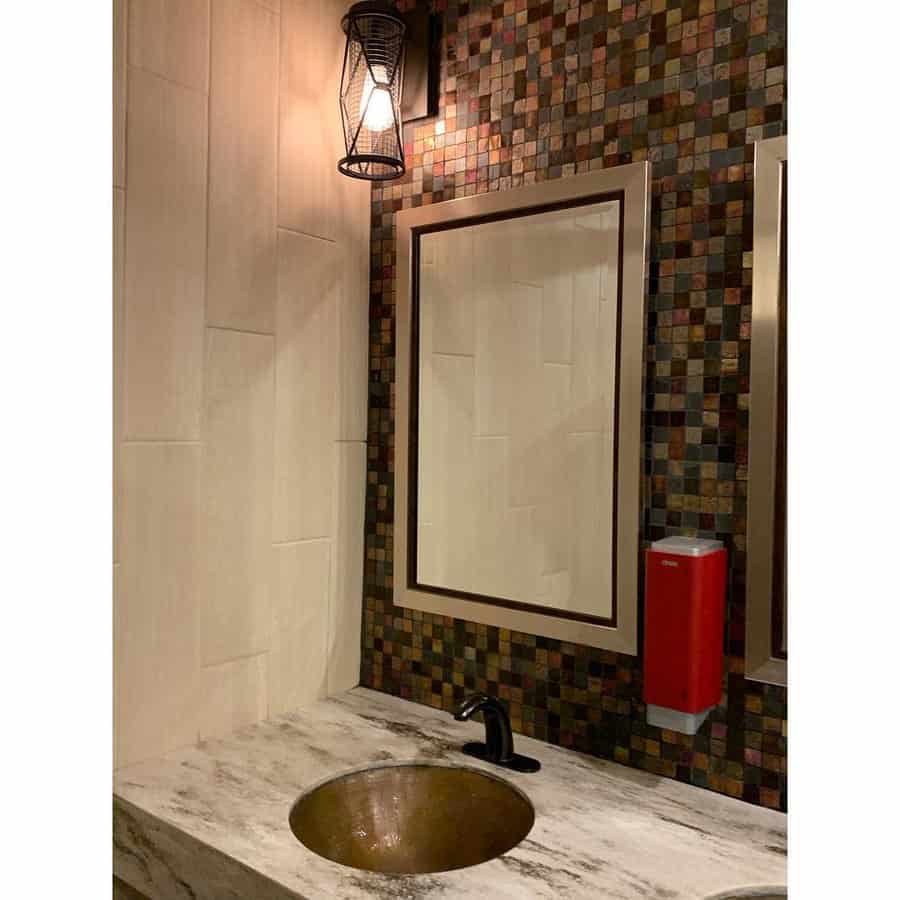
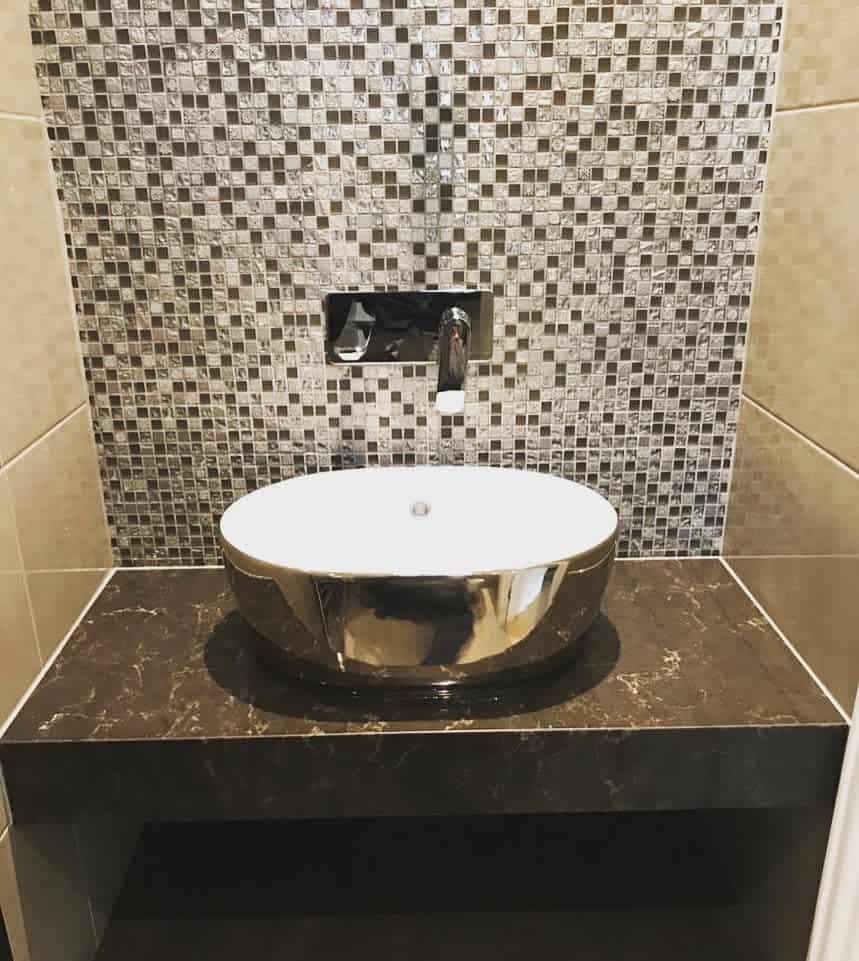
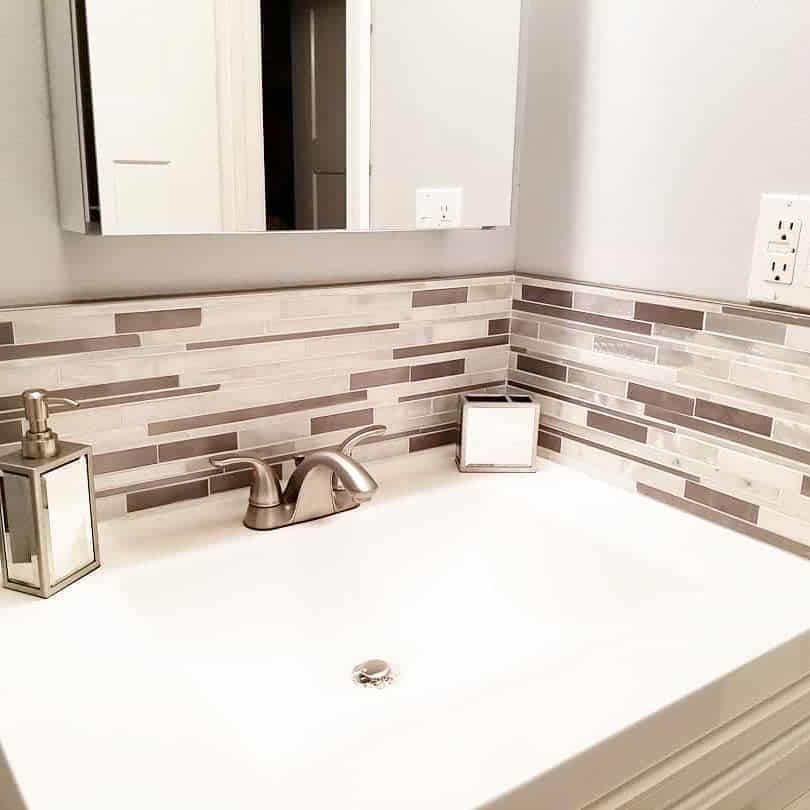
10. Porcelain Tiles
Porcelain tiles are a robust and low-maintenance option for bathroom backsplashes. They resist moisture, stains, and wear, making them ideal for wet environments. Available in a variety of colors and patterns, porcelain tiles can mimic the look of natural stone or wood, offering both beauty and functionality.
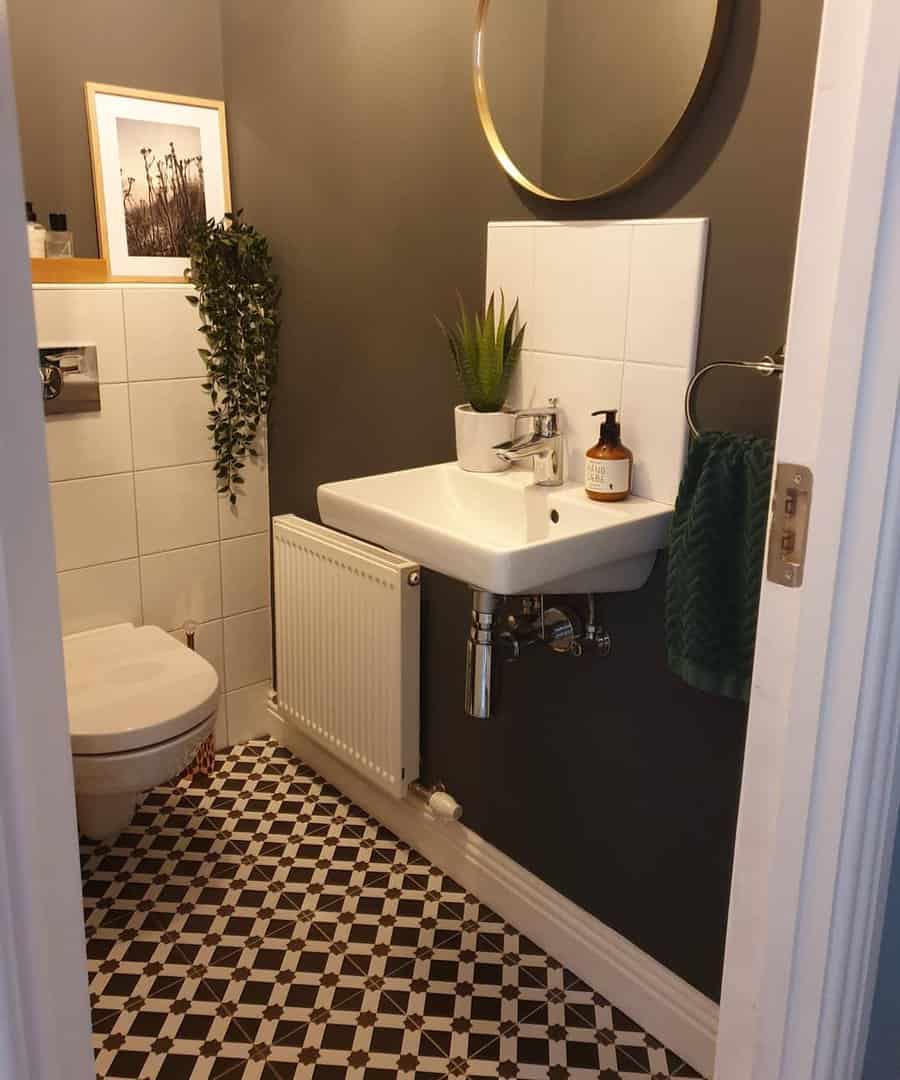
11. Pebble Mosaic Tiles
Pebble tile backsplashes create a unique, spa-like feel in your bathroom. Their natural stone appearance and varied textures offer a soothing, organic look. Pebble tiles are perfect for creating a tranquil retreat in your own home. They are also relatively easy to install, adding to their appeal.
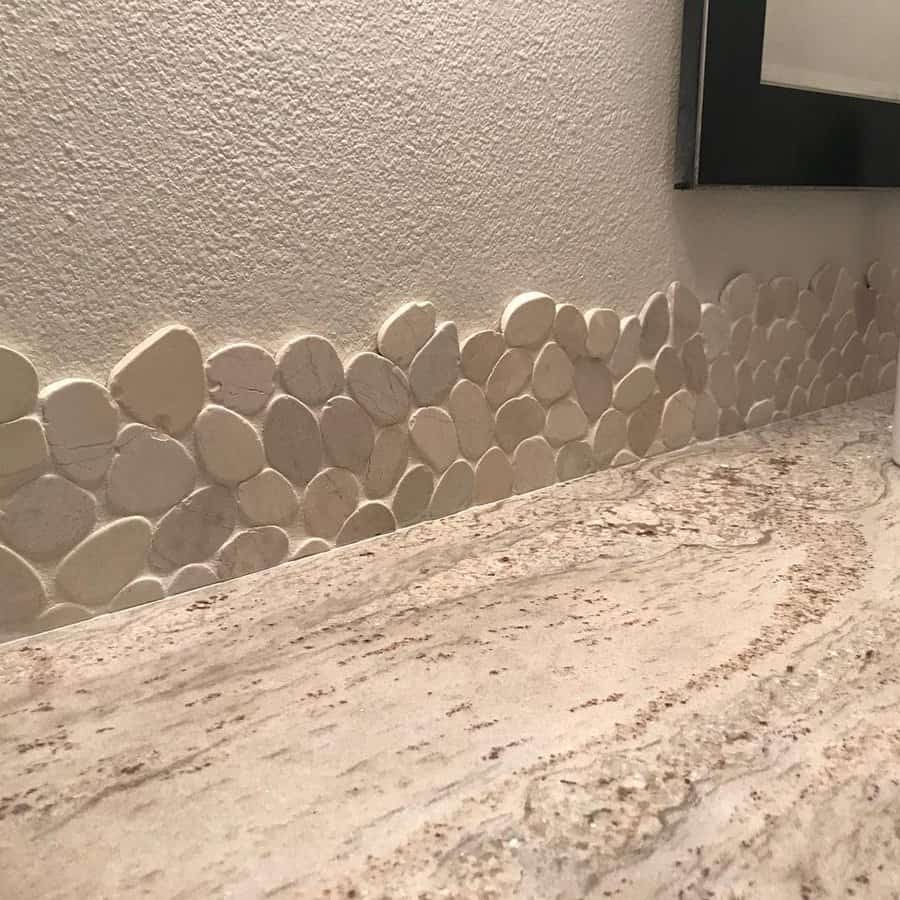

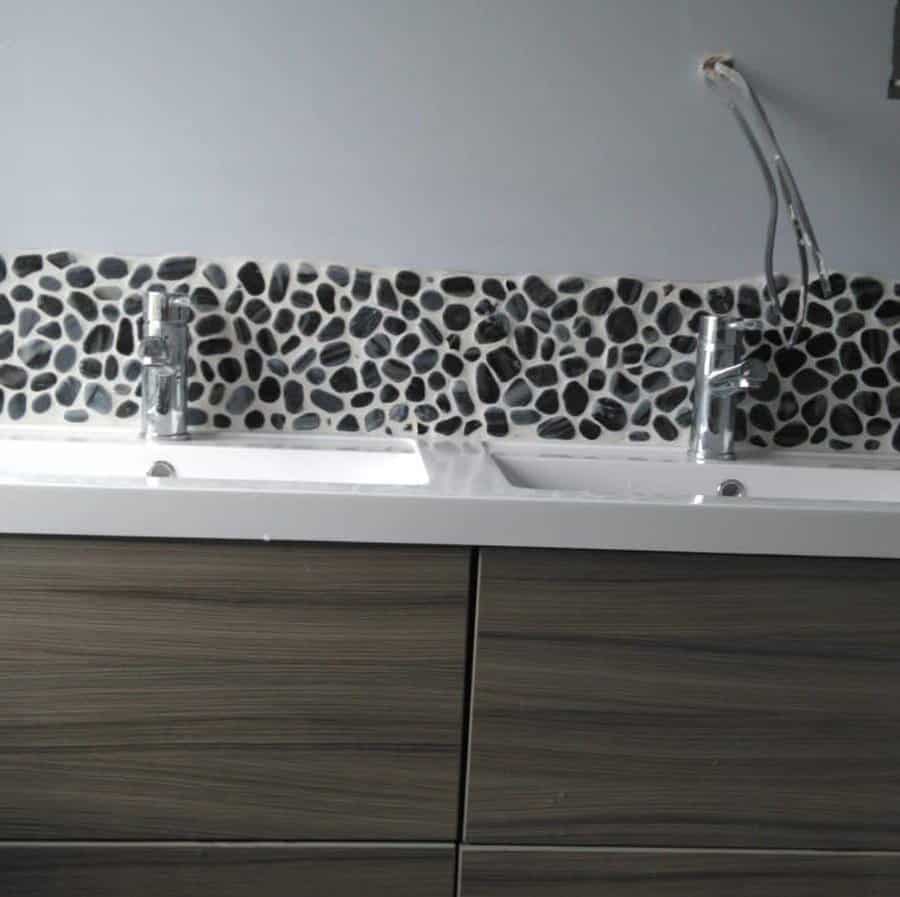
12. Honeycomb Tiles
Honeycomb tile backsplashes, with their distinct geometric shape, add a modern and playful touch to your bathroom. They provide an interesting visual effect and can be used in a variety of colors and materials. This style is suited for those wanting to add a contemporary edge to their space.
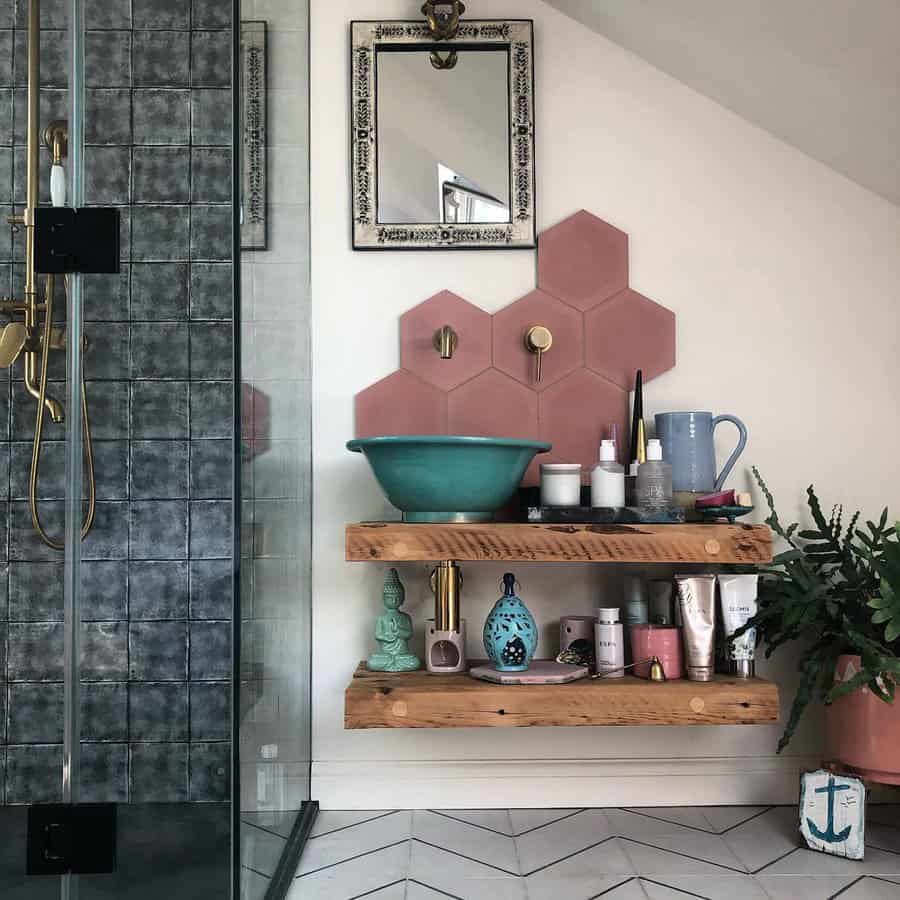
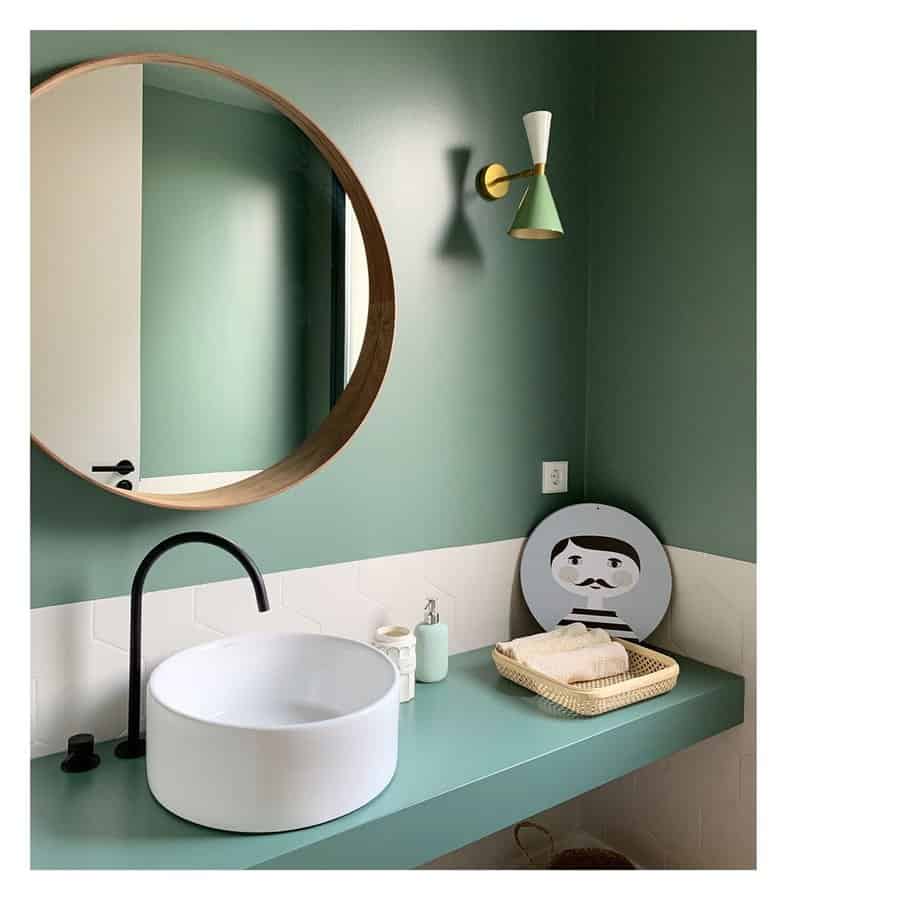
13. Wood Panel Backsplash
Wood panel backsplashes introduce warmth and a rustic charm to your bathroom. They bring a cozy, cabin-like feel and can be used in a variety of stains and finishes. Wood panels are a great way to add texture and a natural element to your bathroom. However, they require sealing to protect against moisture.
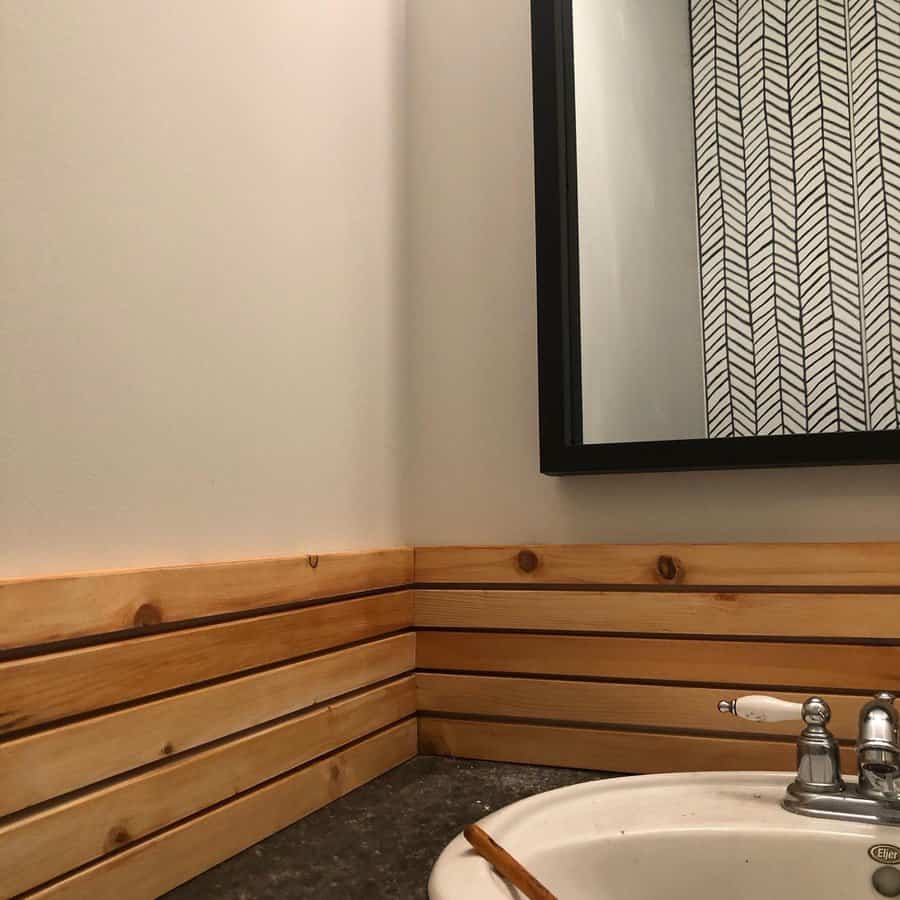
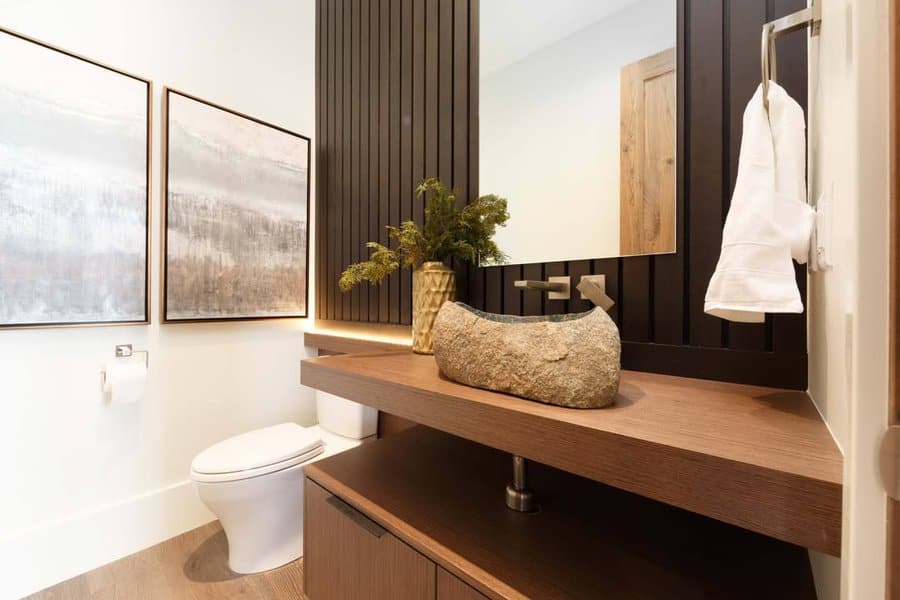
Is there a difference between a kitchen and a bathroom backsplash?
Not really! While there are differences in kitchen and bathroom tile trends, the actual materials used are usually exactly the same.
Both kitchen and bathroom backsplashes protect the backing wall from moisture. Kitchen backsplashes also must be heat-resistant.
Almost all bathroom backsplash ideas can be used in the kitchen and vice-versa. But there are some materials better suited to one room than the other.
Can you use peel-and-stick tiles in a bathroom?
Yes, as long as you invest in a peel-and-stick backsplash that is resistant to humidity. Certain adhesives will deteriorate when exposed to the moisture found in most bathrooms. Even peel-and-stick tile designed for bathrooms may have a shortened life span versus other areas of the home.
How high should a bathroom backsplash be?
A bathroom backsplash should be at least 3 or 4 inches tall to protect the drywall behind it from water damage. On the other hand, there is no maximum recommended height for a bathroom backsplash.
